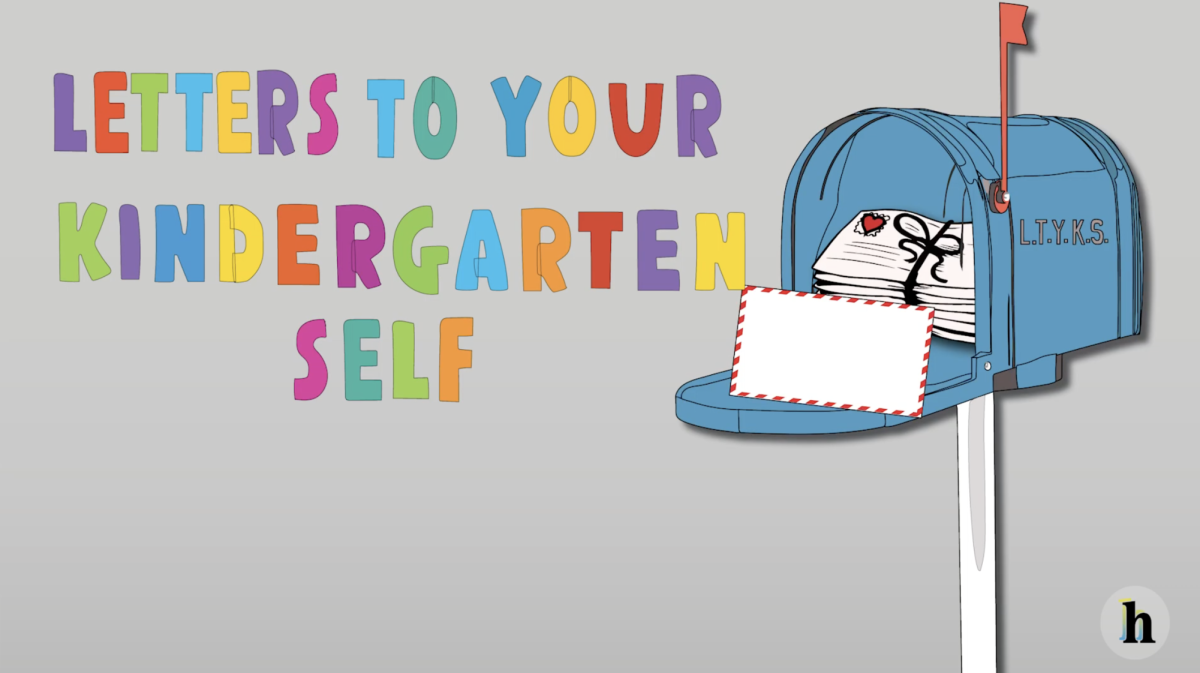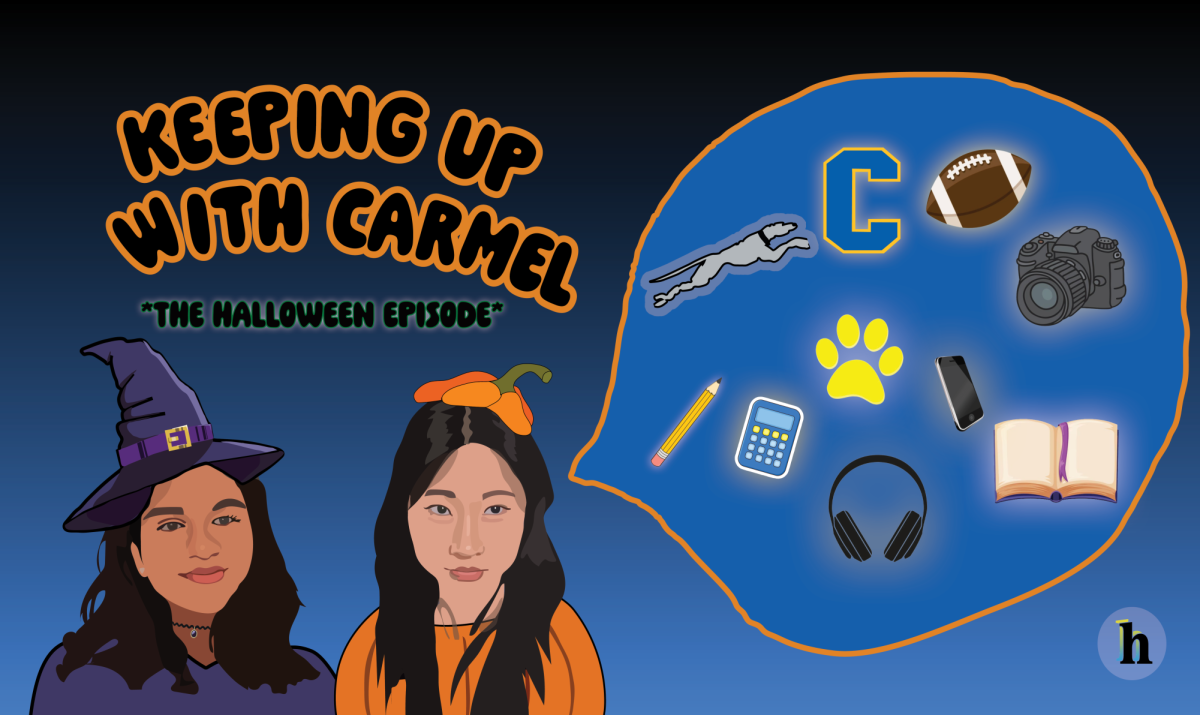For Gabriella Morge, American Sign Language (ASL) student and junior, ASL is more than just an interest. Every day, when she returns home, Morge uses the language to communicate and stay in touch with her deaf mother. Though she is currently enrolled in this school’s ASL courses, Morge said she is fluent and has been learning sign language since she was a kid.
“(My mom) basically taught me all I know,” Morge said. “I feel like it’s helped me get a lot closer to her and build sort of a stronger connection than other people.”
The relationship between Morge and her mother is likely to become an increasingly common occurrence in the world’s future. According to the World Health Organization (WHO), over 1 million young adults are at risk of permanent hearing loss, and that number is only projected to rise. The WHO approximates that nearly 2.5 billion people are estimated to have some degree of hearing loss by 2050 due to a combination of factors that range from unsafe listening practices to ear infections.
With the deaf population beginning its increase over time, representation and acknowledgment of sign language have also developed, according to ASL teacher Joseph Wheeler.
“I feel that society continues to progress and embrace diversity more as time passes,” Wheeler said via email. “With that, there’s more respect towards and appreciation for sign language. You see it in TV shows and movies more than ever before.”
Understanding Complexities of ASL
Despite growing awareness for sign language across the United States, today, only about 1,000 out of approximately 100,000 public schools nationwide offer ASL courses, though that number is a drastic increase when compared with data from several decades ago.

Rosie Martin, ASL student and senior, said she feels there is a certain disconnect in schools when it comes to learning ASL in contrast with other foreign languages.
“We only have one class here and one teacher. I feel like it’s probably because a lot of kids don’t feel the need to take it,” Martin said. “A lot of students don’t really feel near (the deaf community) like it doesn’t affect them. I think putting them in this kind of environment, even making it, like going as far as to make it a required class, and just getting it out there could help a lot.”
One of the overarching causes of ASL’s slow integration into public school systems is the failure to acknowledge ASL as a language in its own right, often viewed as a derivative of English. According to Wheeler, such an idea is an extremely common misconception.
“ASL is a full-fledged language. It’s not just English,” Wheeler said. “It has its own grammar, syntax and rules, and you can discuss any topic in depth.”
Morge said that with sign language comes a unique culture of expression that is not often focused on.
“Body language is really important, even with other languages,” Morge said. “I think it’s the most important part of any language, and being able to use it effectively.”
Martin shared the same sentiment, pointing out how emotional communication is conveyed differently through other indicators like facial expression and body language rather than words.
“It’s really interactive with your emotions,” Martin said. “You can’t say anything about your emotions out loud, so you have to learn how to express and connect with your emotions in a completely different way.”
Similarly. Wheeler said that ASL’s distinctive use of the body allows for communication benefits that may not come with spoken languages.
“Everything is expressed visually as opposed to audio or sounds,” Wheeler said. “For me, it’s more expressive, more three-dimensional. We are able to describe things in a 3D fashion and be able to be specific with the location of people and objects.”
Promoting Inclusivity
In today’s world, usage of sign language spans far wider than just deaf culture and community, according to Wheeler. ASL has the possibility to become a serviceable tool for any individuals who have trouble with verbal interaction.
“ASL is also used by other people with challenges in communication such as autism and people who are mute,” Wheeler said. “They discover ways to communicate that don’t have them communicate verbally.”
Despite having no plans to enter a career directly related to ASL, Morge said she sees sign language play an important role in her future as a useful skill when speaking with others.
“I think in any career, knowing more than one language, especially one with such a big population is really important if you’re trying to communicate with customers or clients or anything,” Morge said.
Additionally, Morge said as in any culture, knowing the people’s language was a sign of courtesy. Expanding on her thoughts, she also said she felt knowing ASL was an important way to connect with the deaf community.
“The people that use it are not only foreign speakers, they’re people with disabilities,” Morge said. “Learning it is almost a form of respect, and just being able to talk with them is really cool.”
Martin said there was a uniqueness in having the ability to converse with a deaf individual through their language. Martin said she expected that when she got older, she and her grandfather, who went deaf early in his life, would be able to continue to become closer.
“Being able to talk to somebody without actually ‘talking’ to them is really special,” Martin said. “A lot of people speak Spanish or French and all that, but being able to learn sign language is so unique, being able to communicate with someone like that.”
Ultimately, Wheeler said learning and using American Sign Language is a wonderful instrument for expression for all people, regardless of their hearing ability.
“Why limit yourself to communicating through sound?” Wheeler said. “Why not include your hands? Your faces? I believe that everyone should know sign language so they can express themselves in every way they can.”

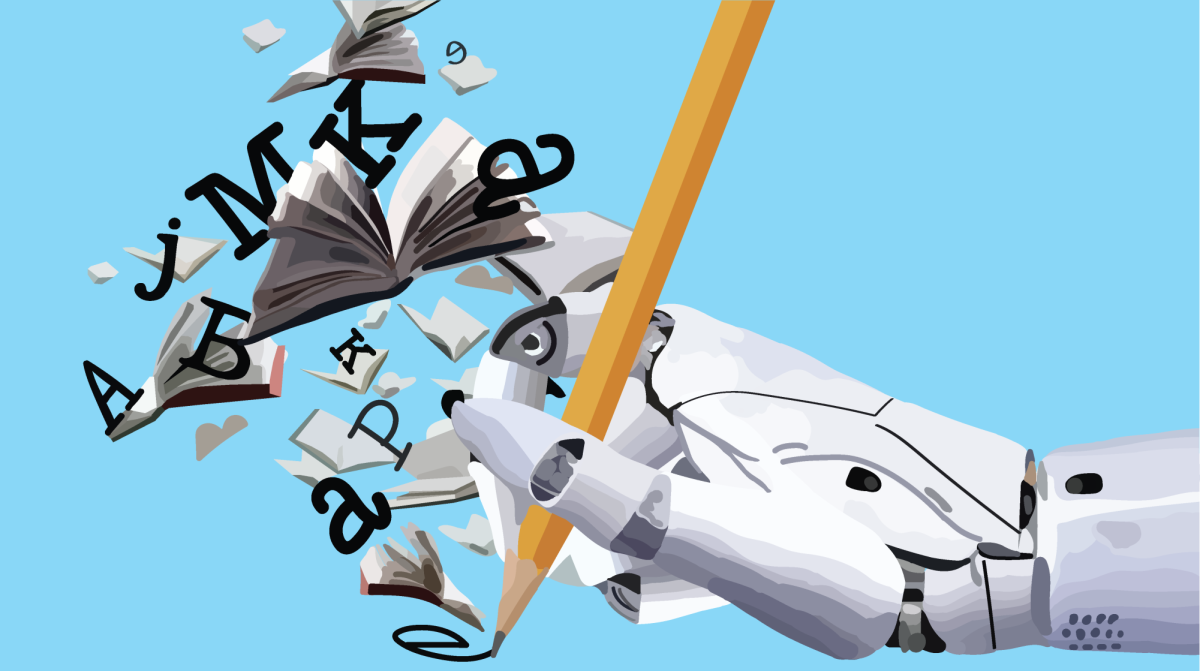
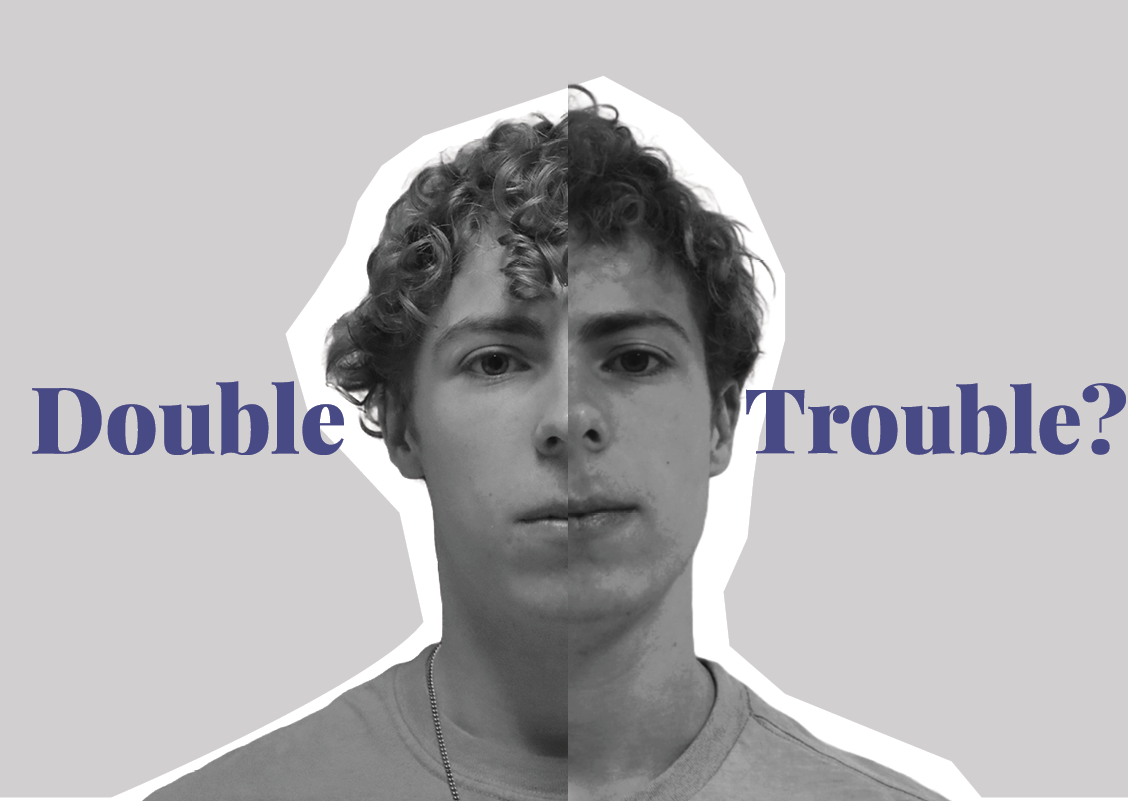
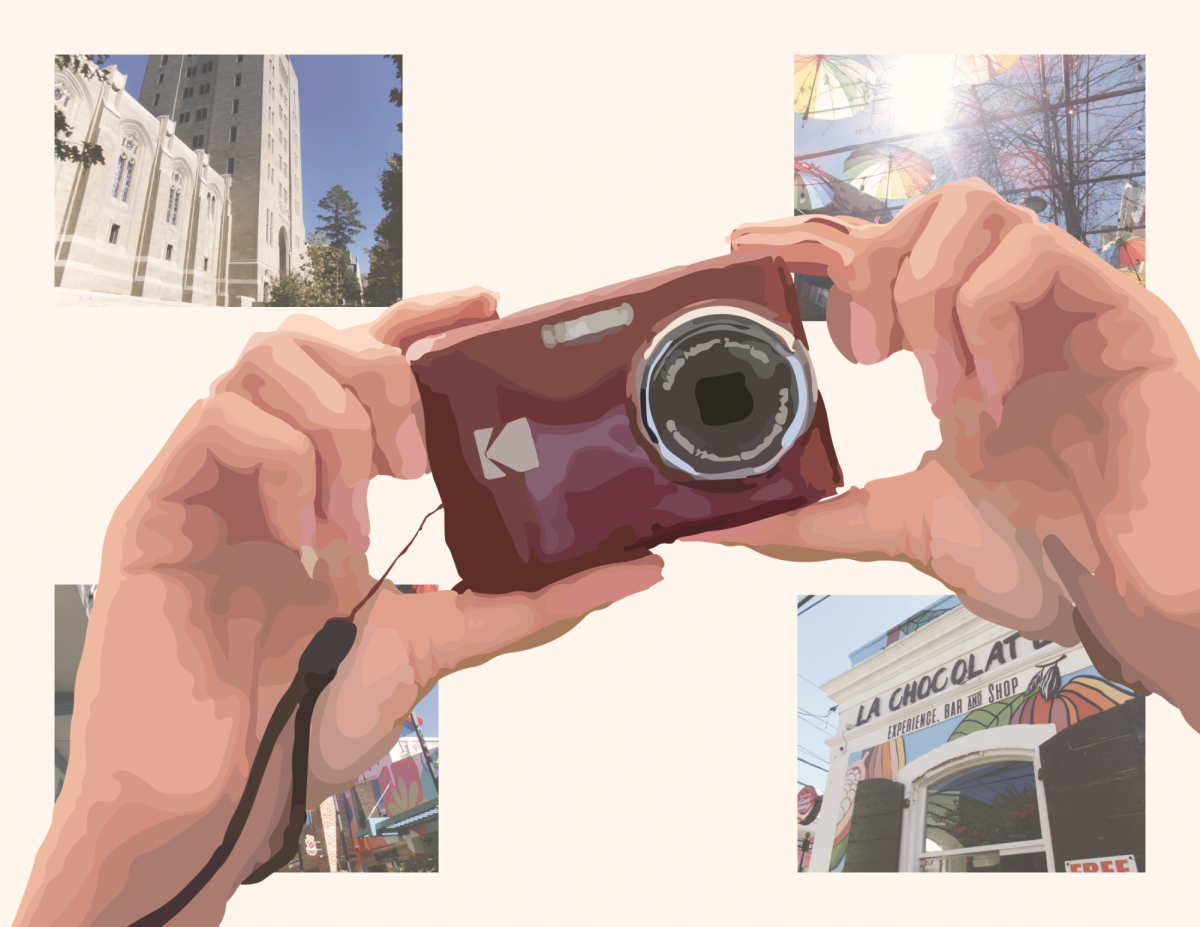

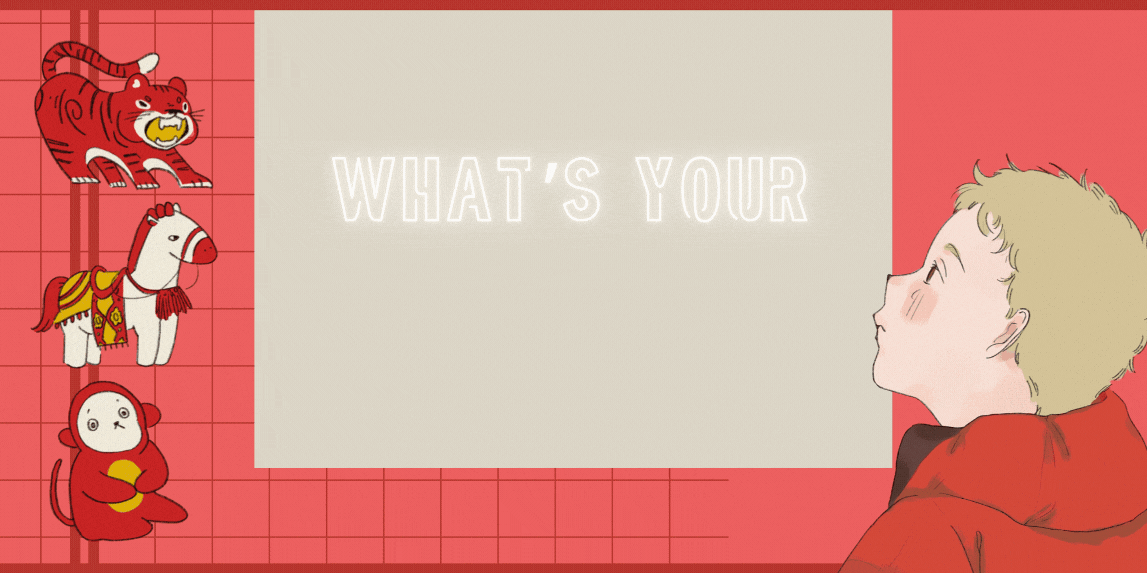

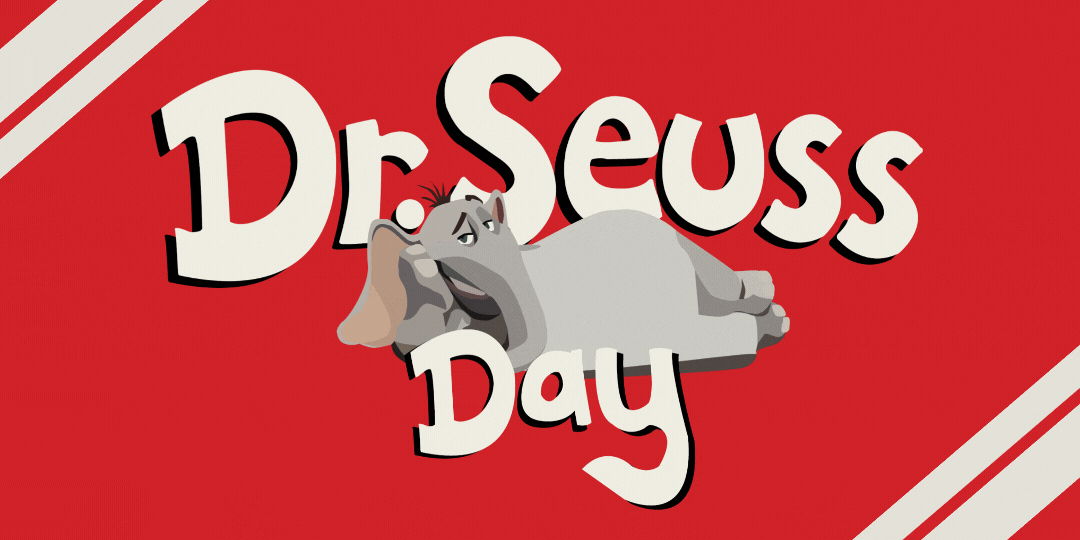
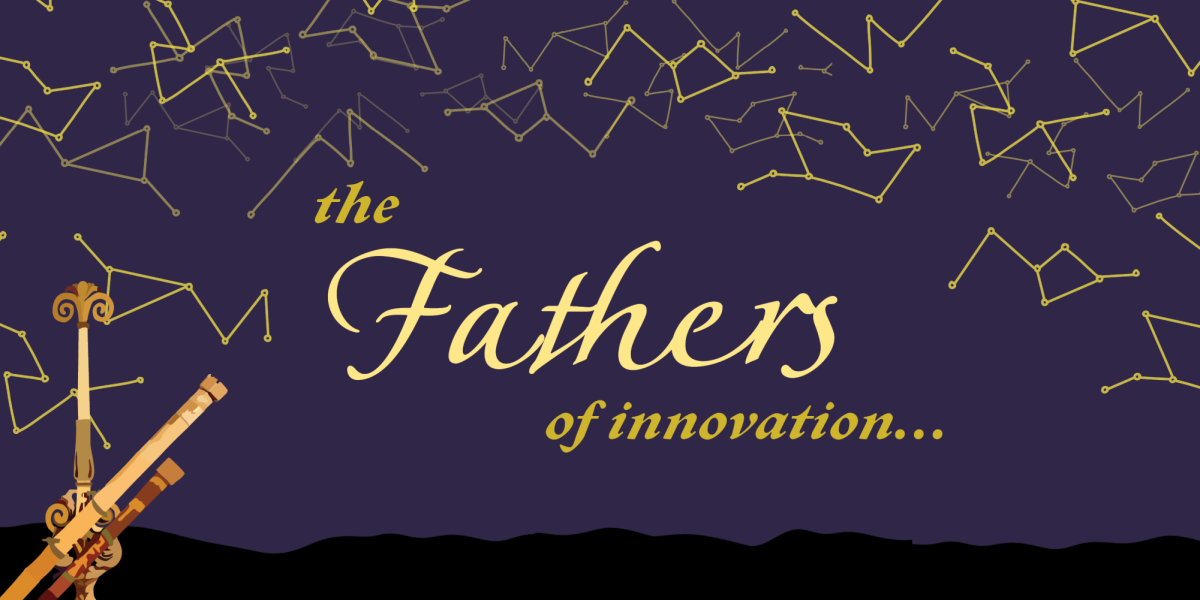

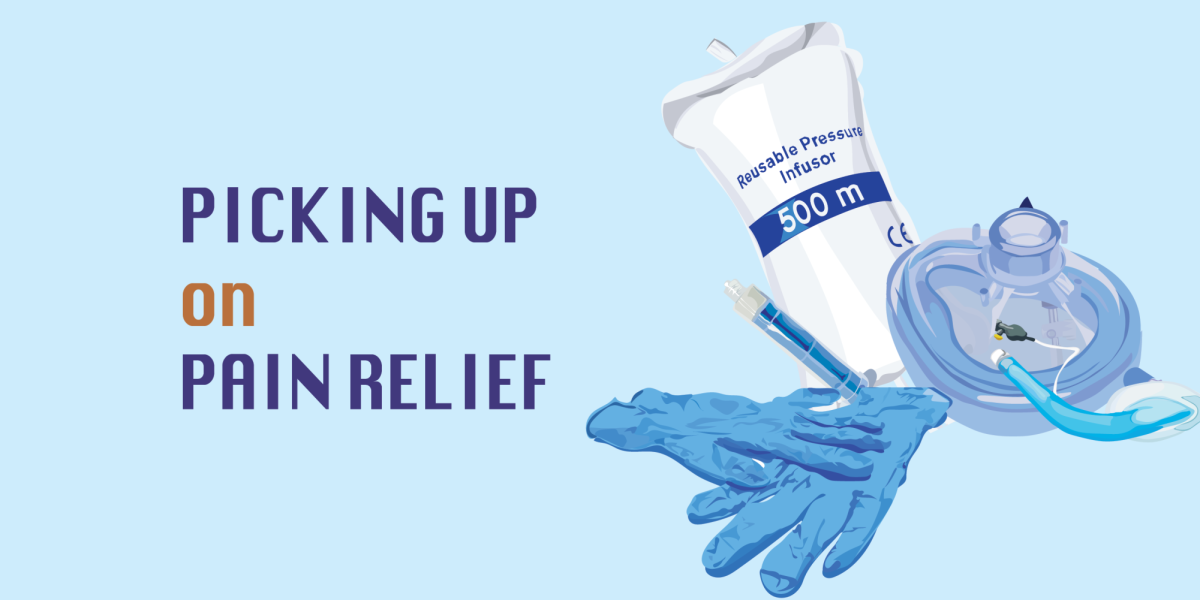
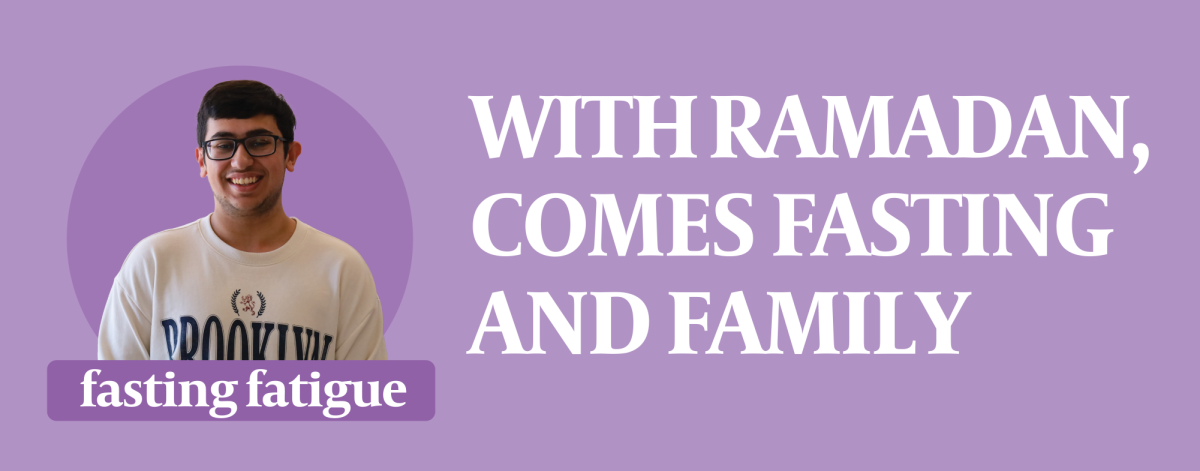

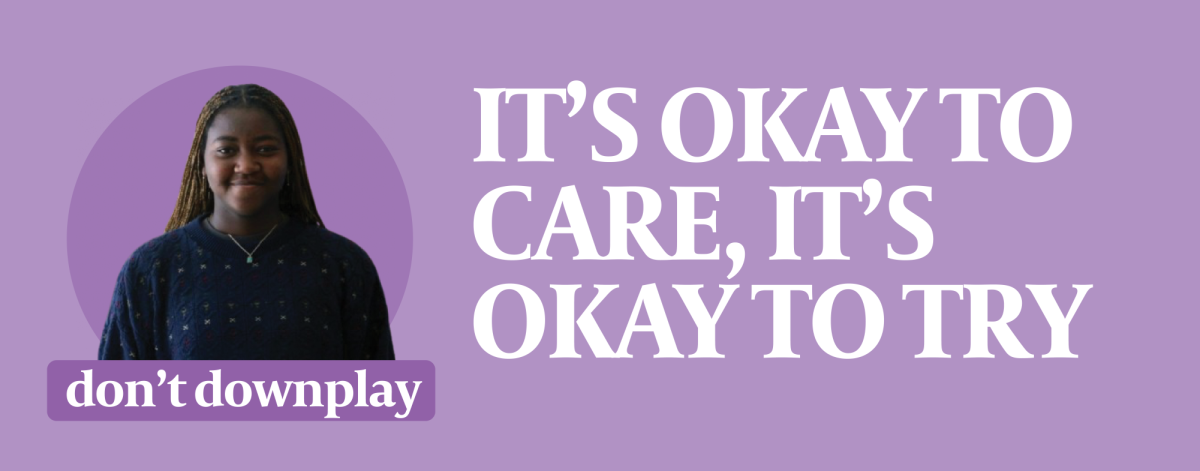


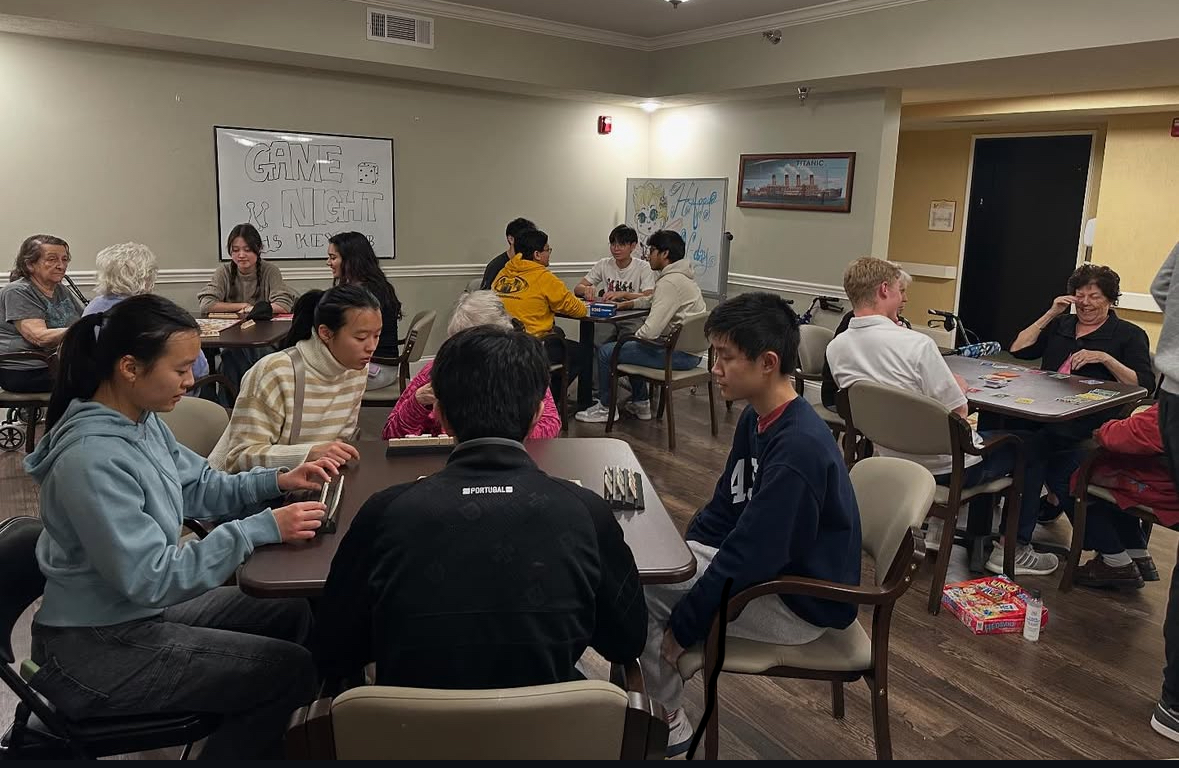
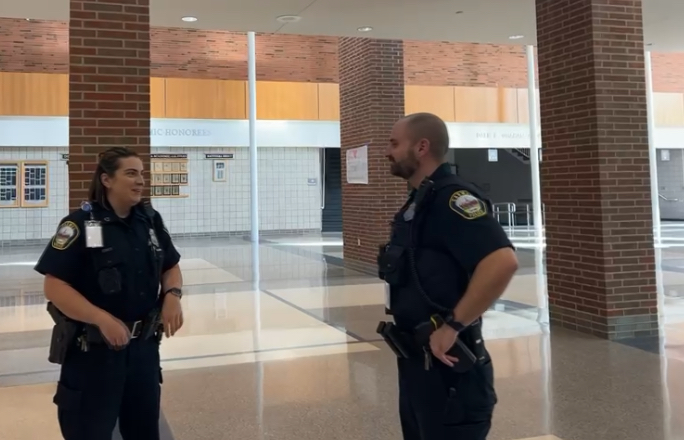
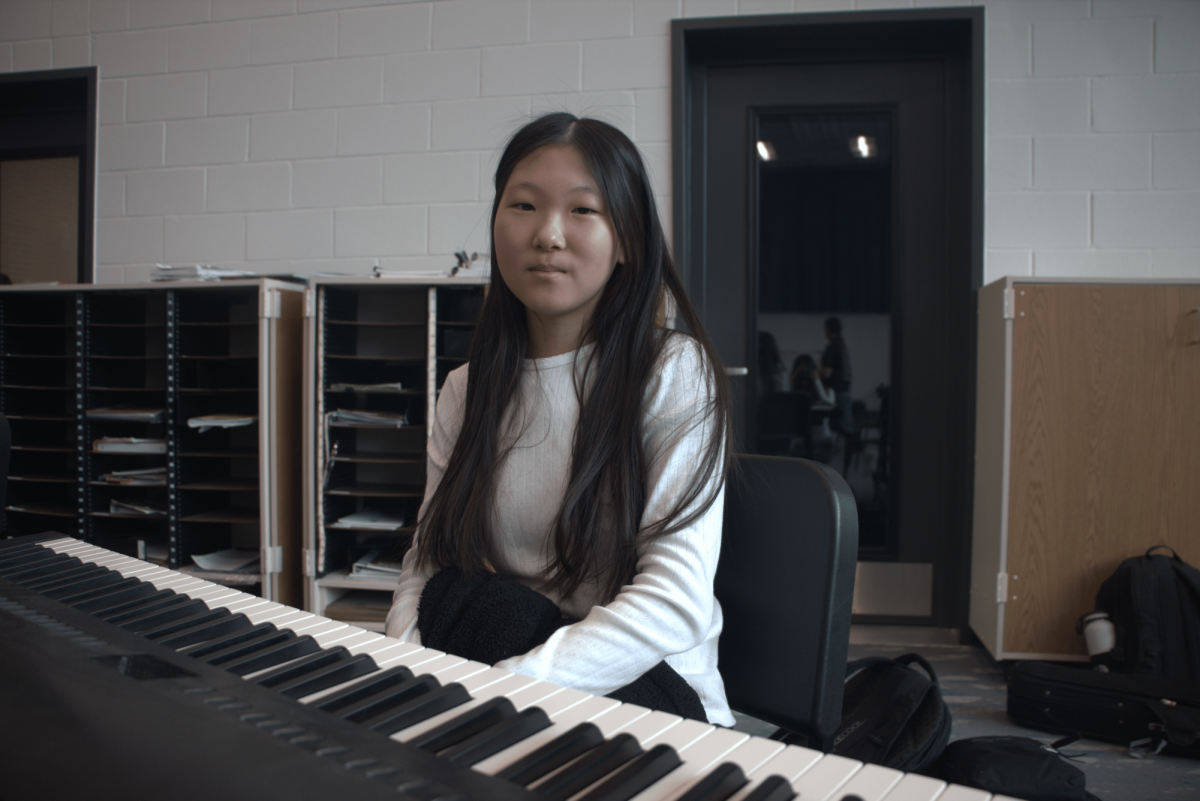
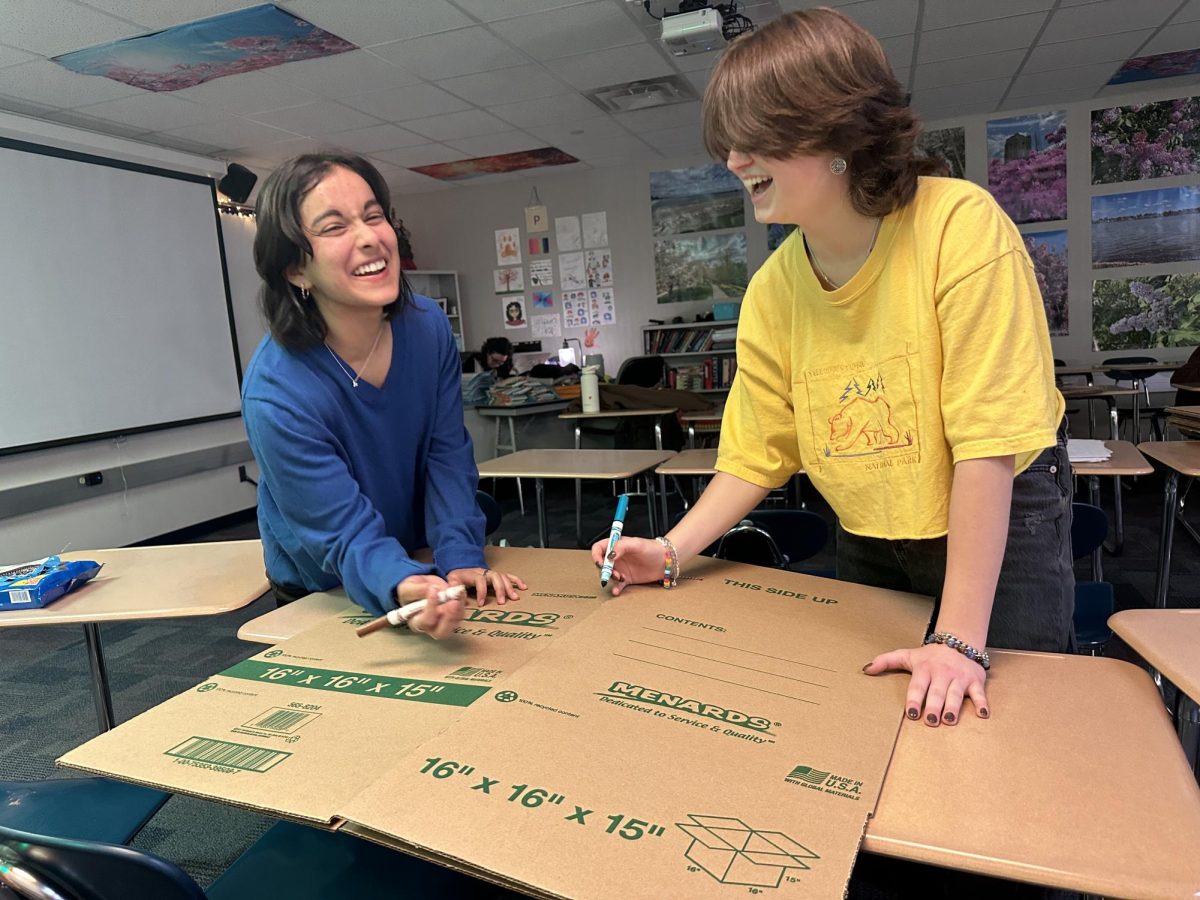

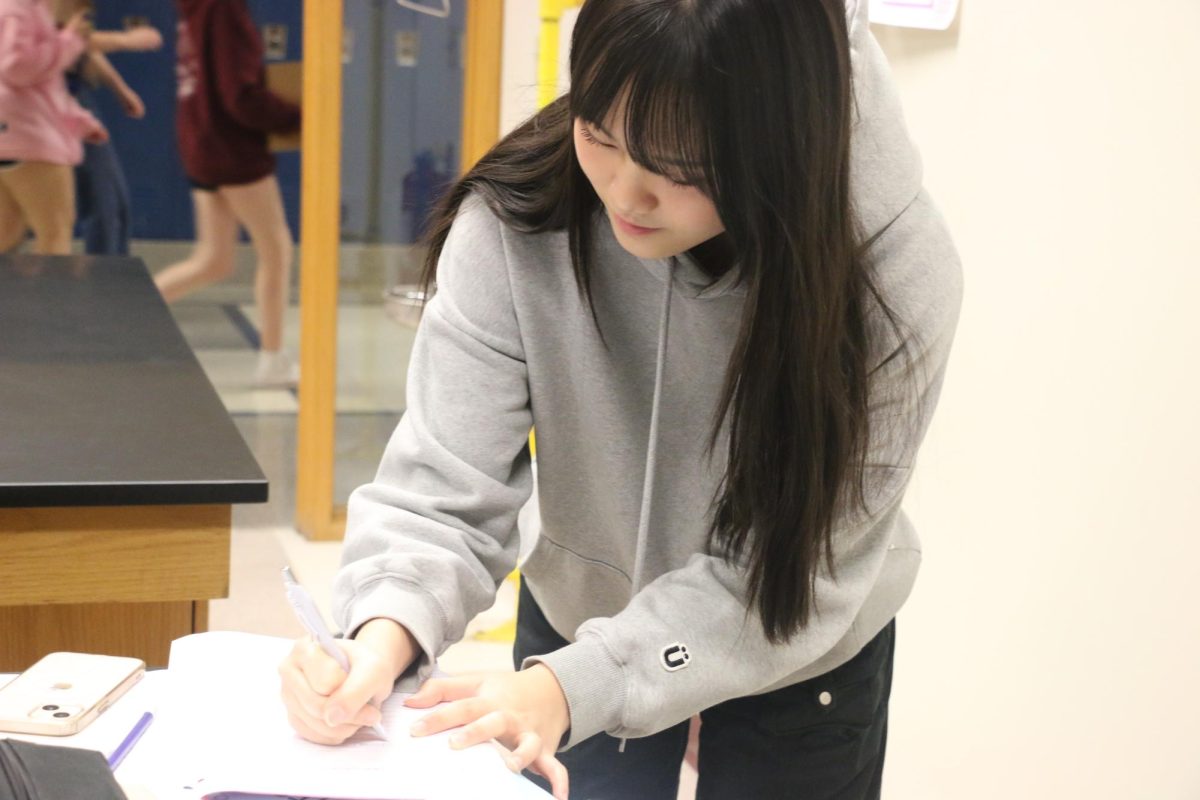
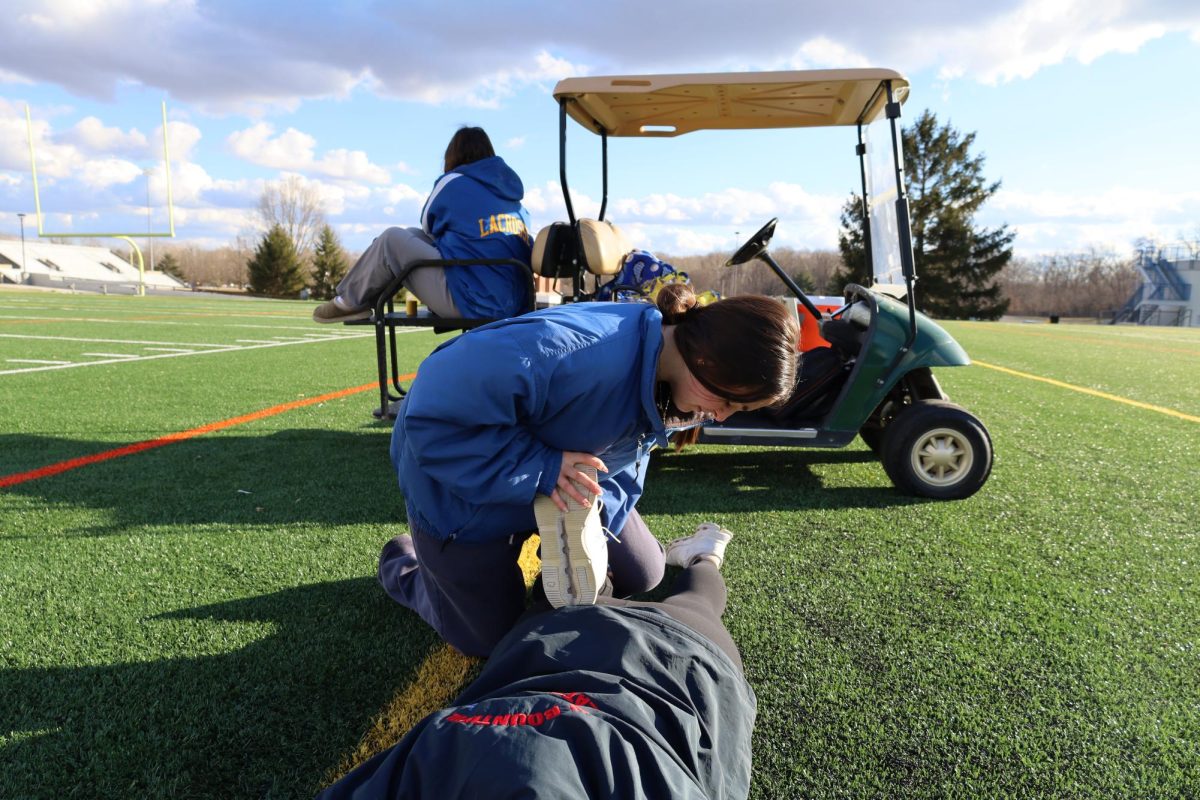



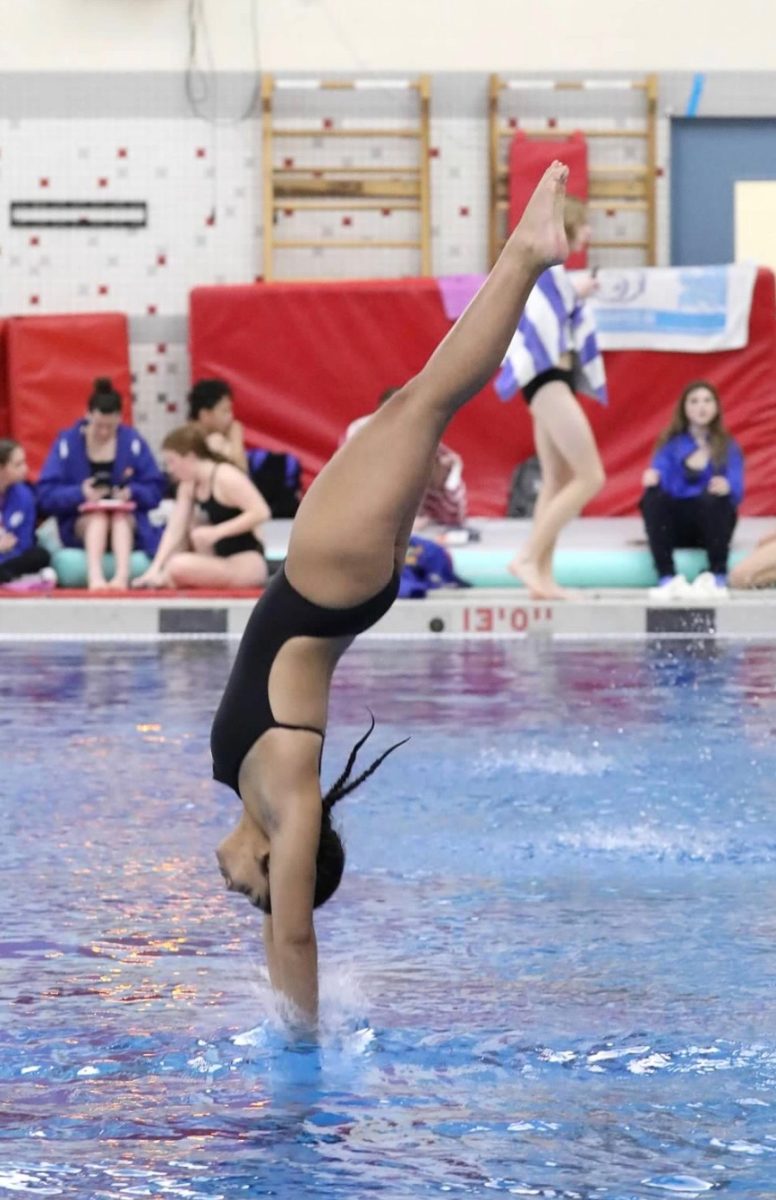
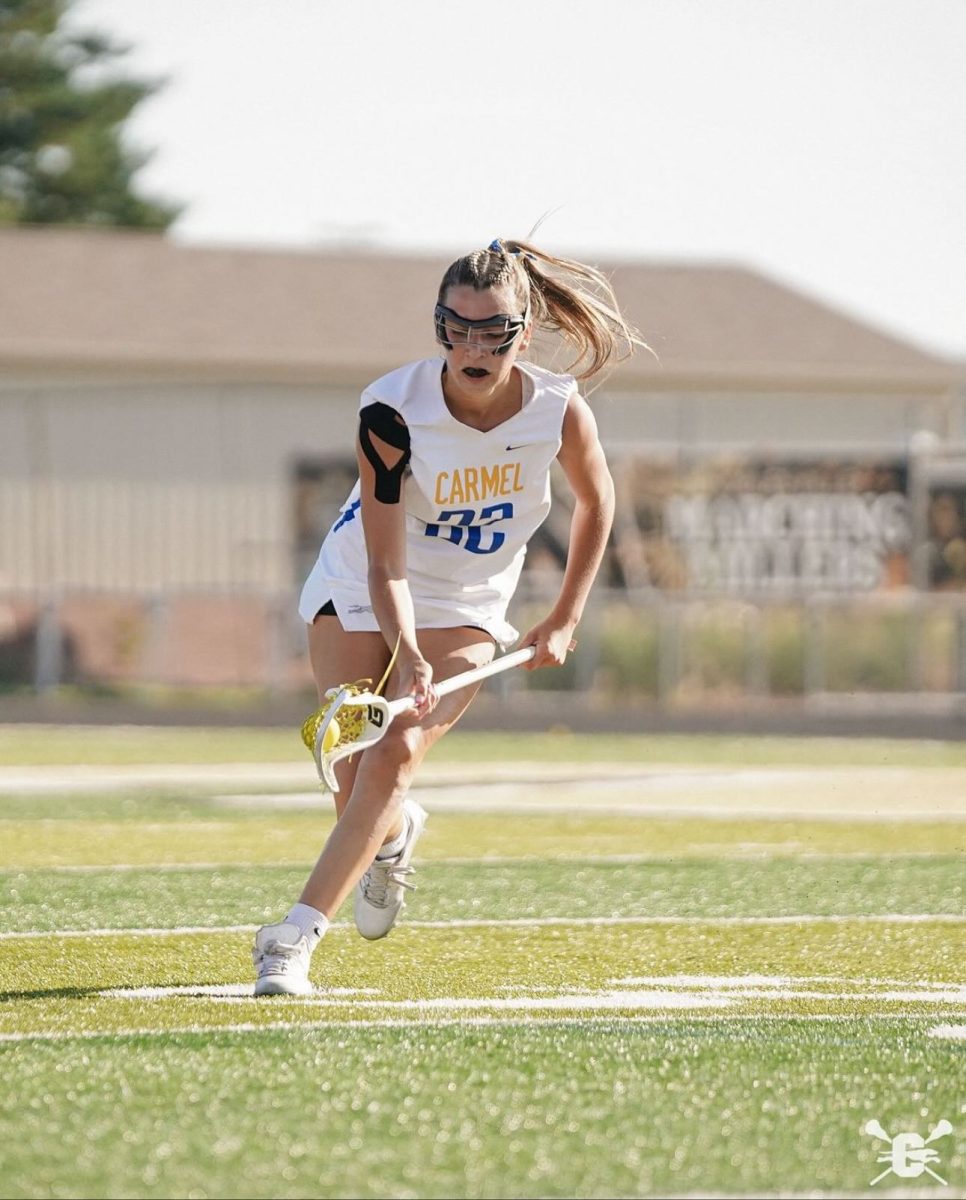
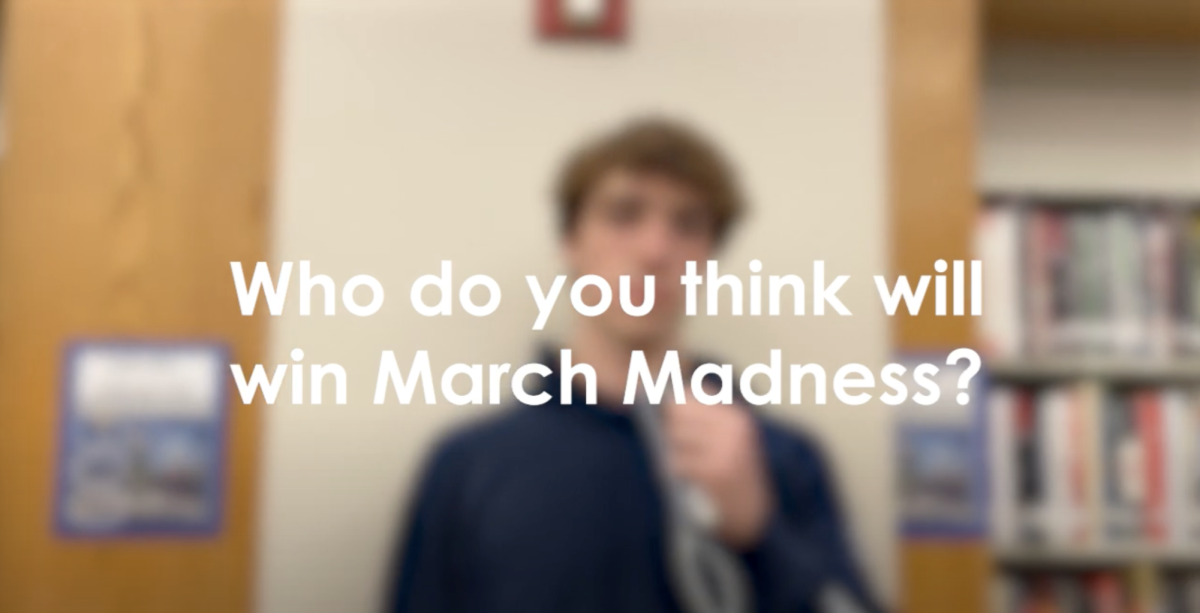
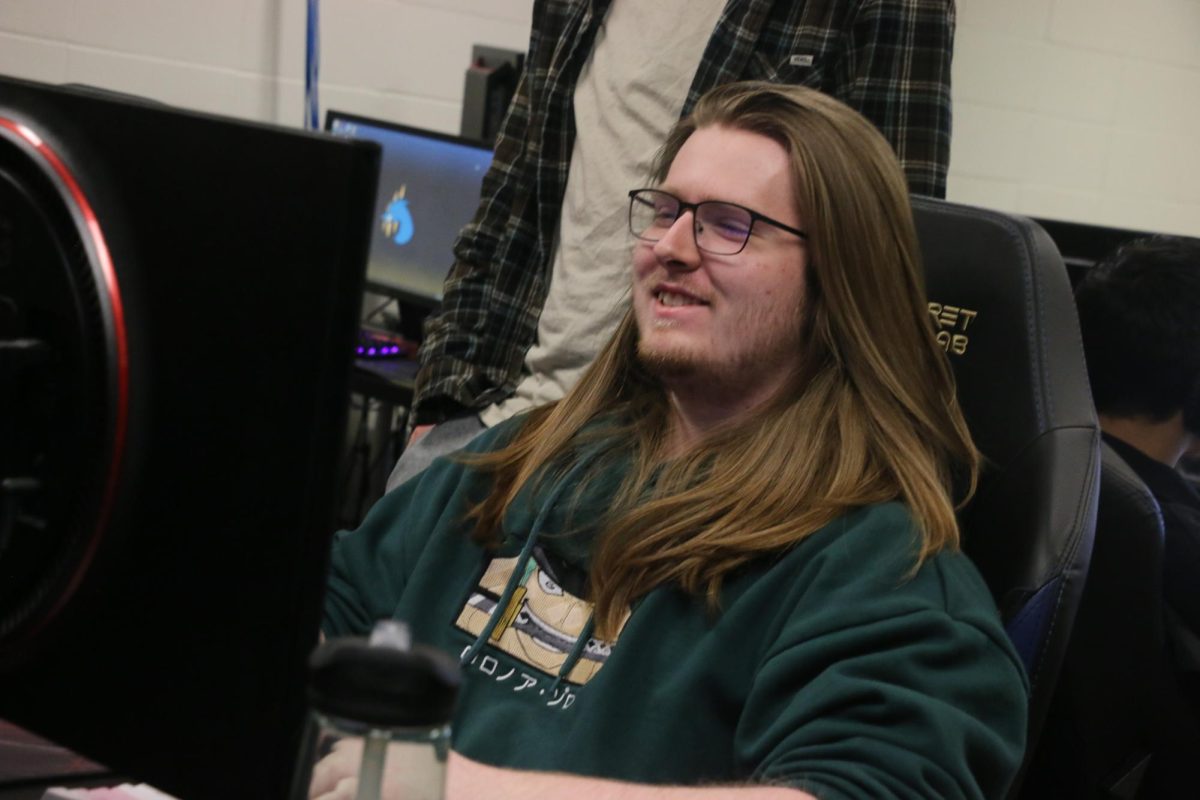
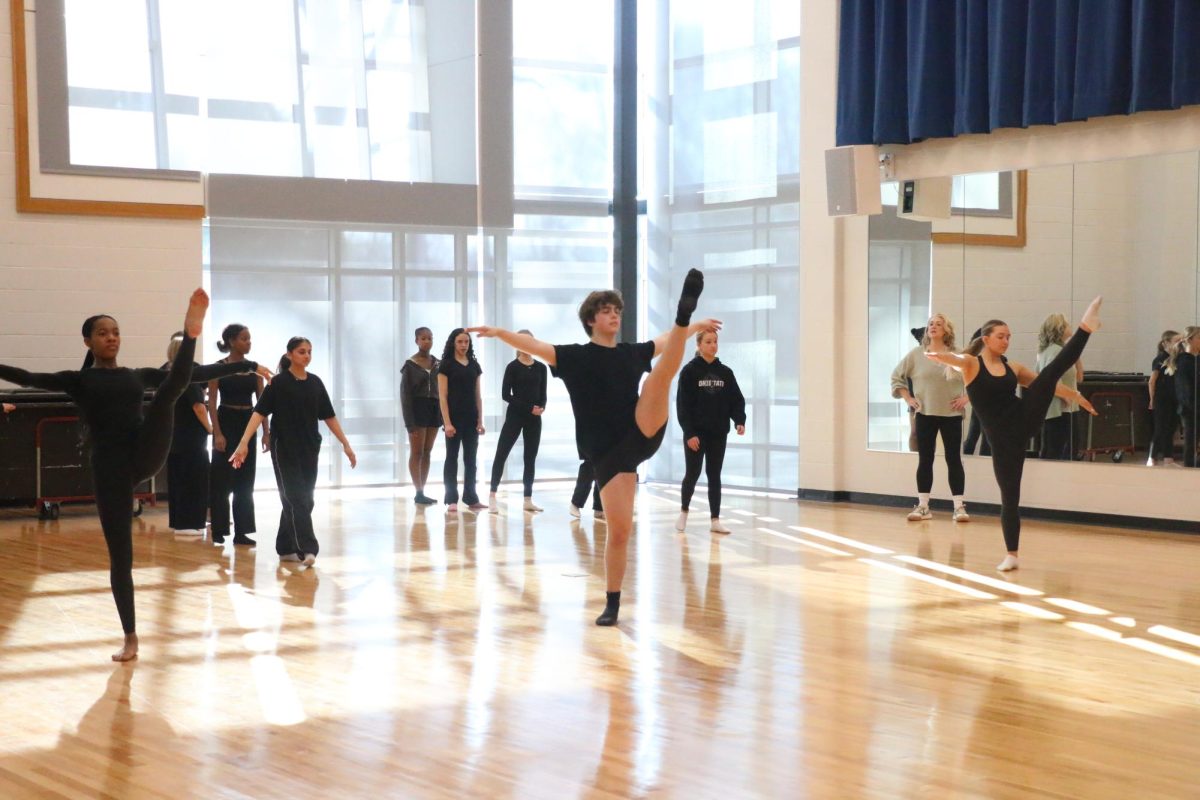

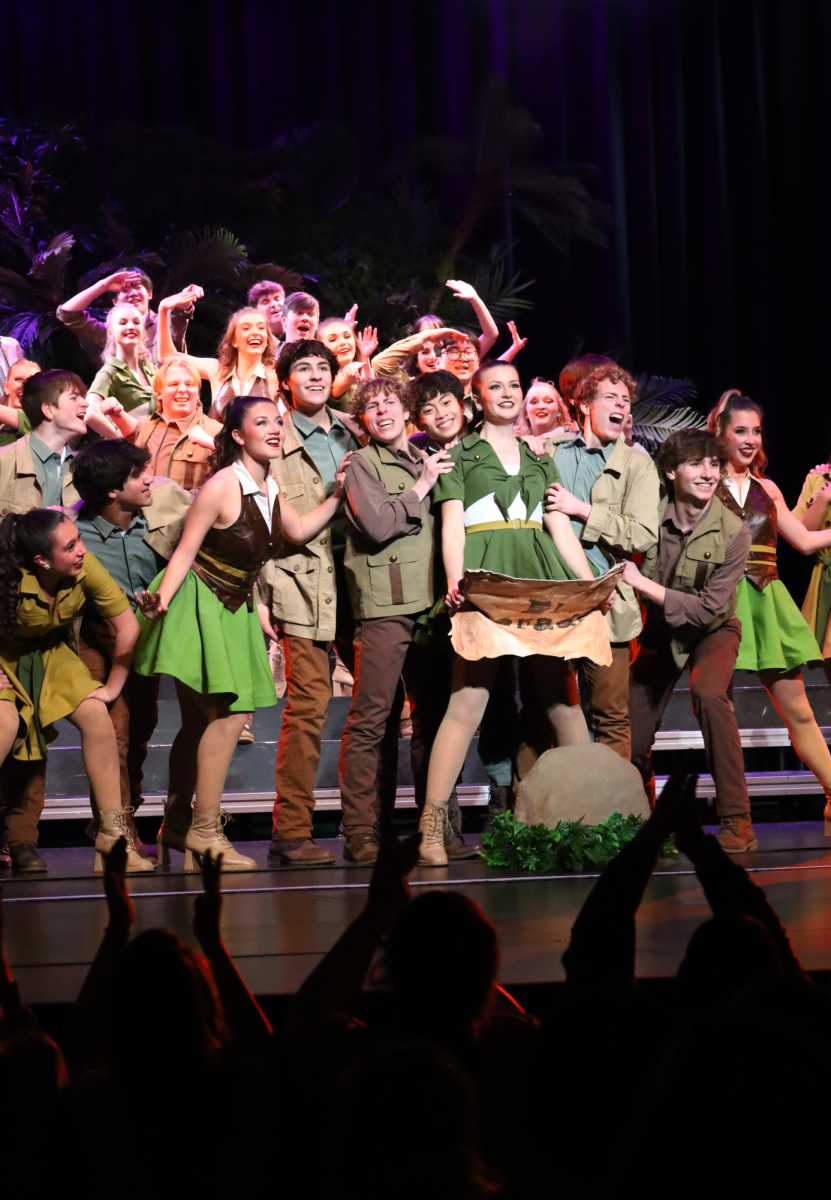
![AI in films like "The Brutalist" is convenient, but shouldn’t take priority [opinion]](https://hilite.org/wp-content/uploads/2025/02/catherine-cover-1200x471.jpg)
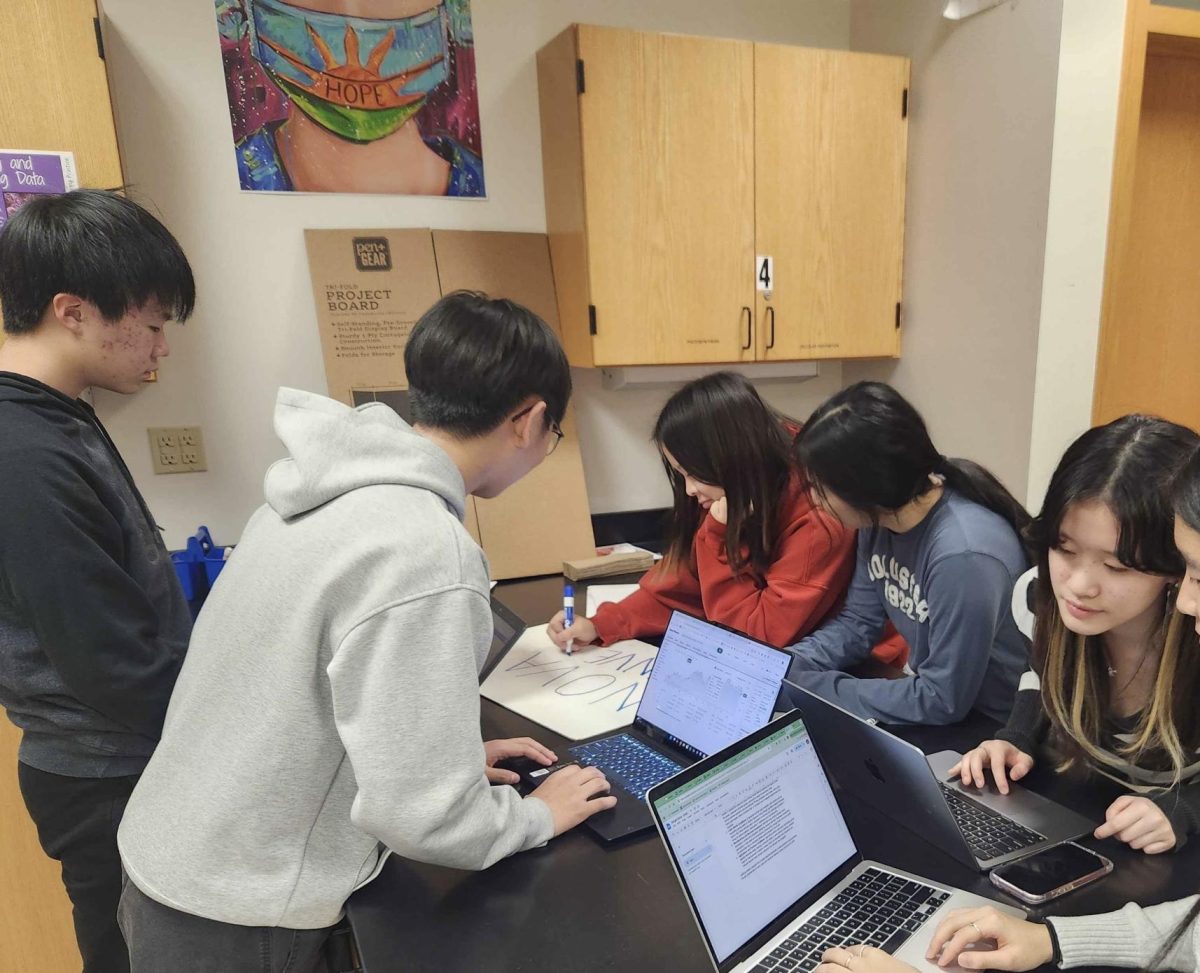
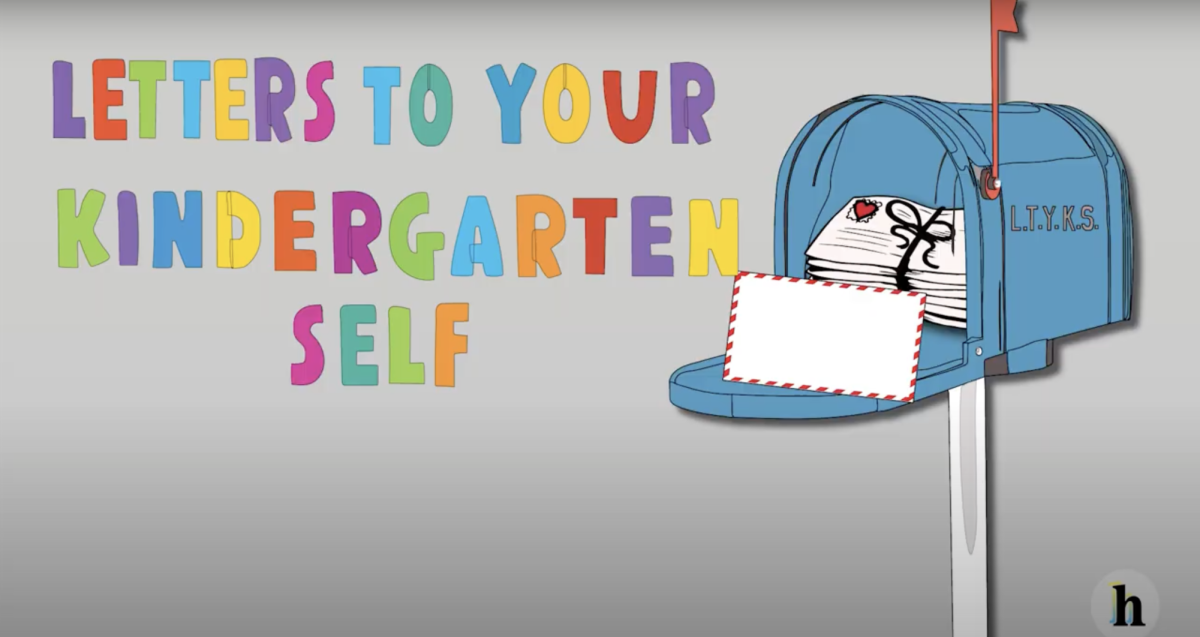


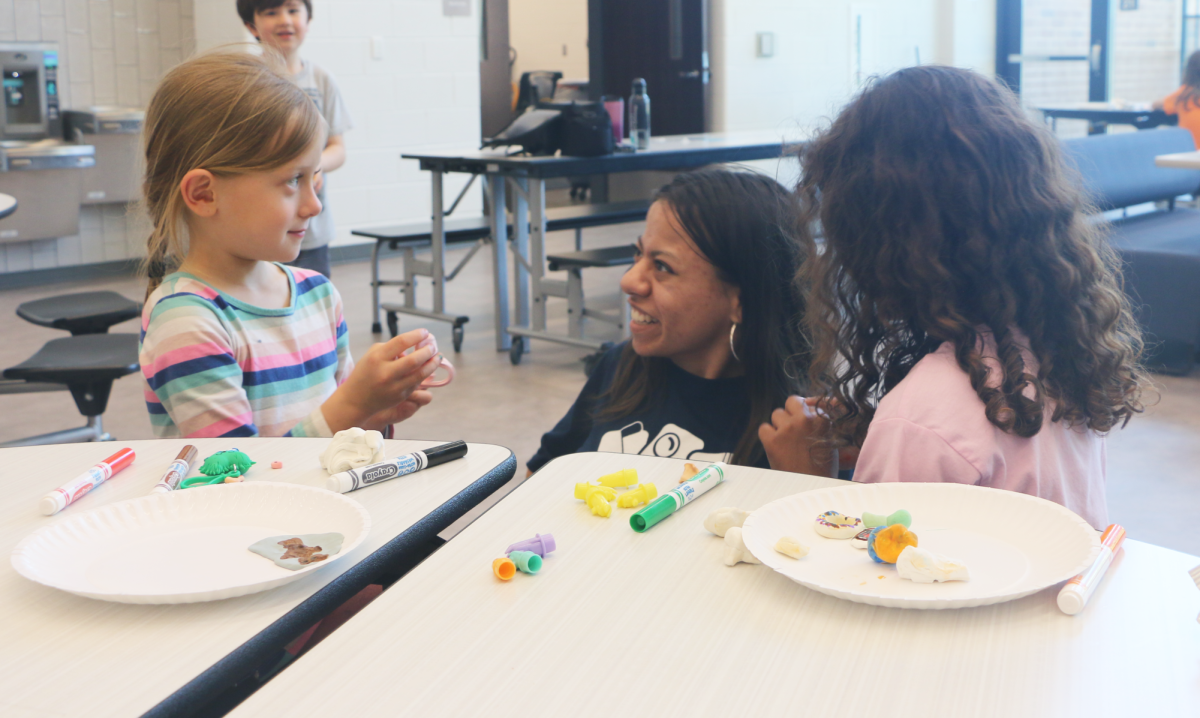
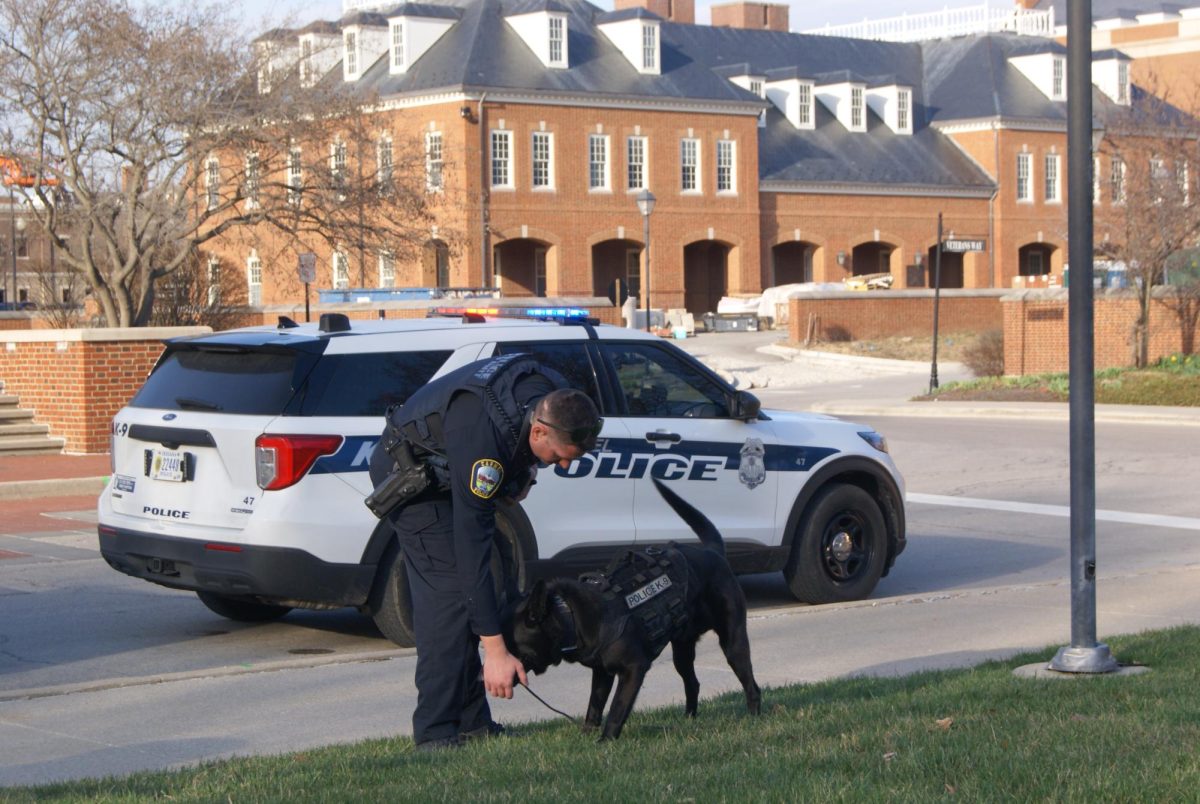
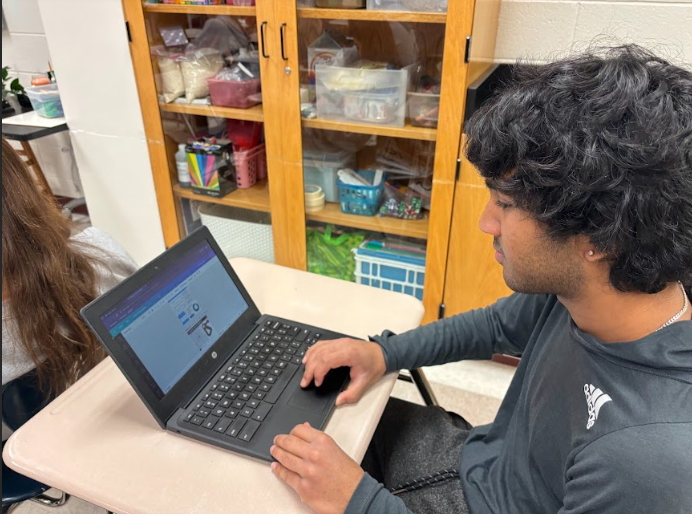
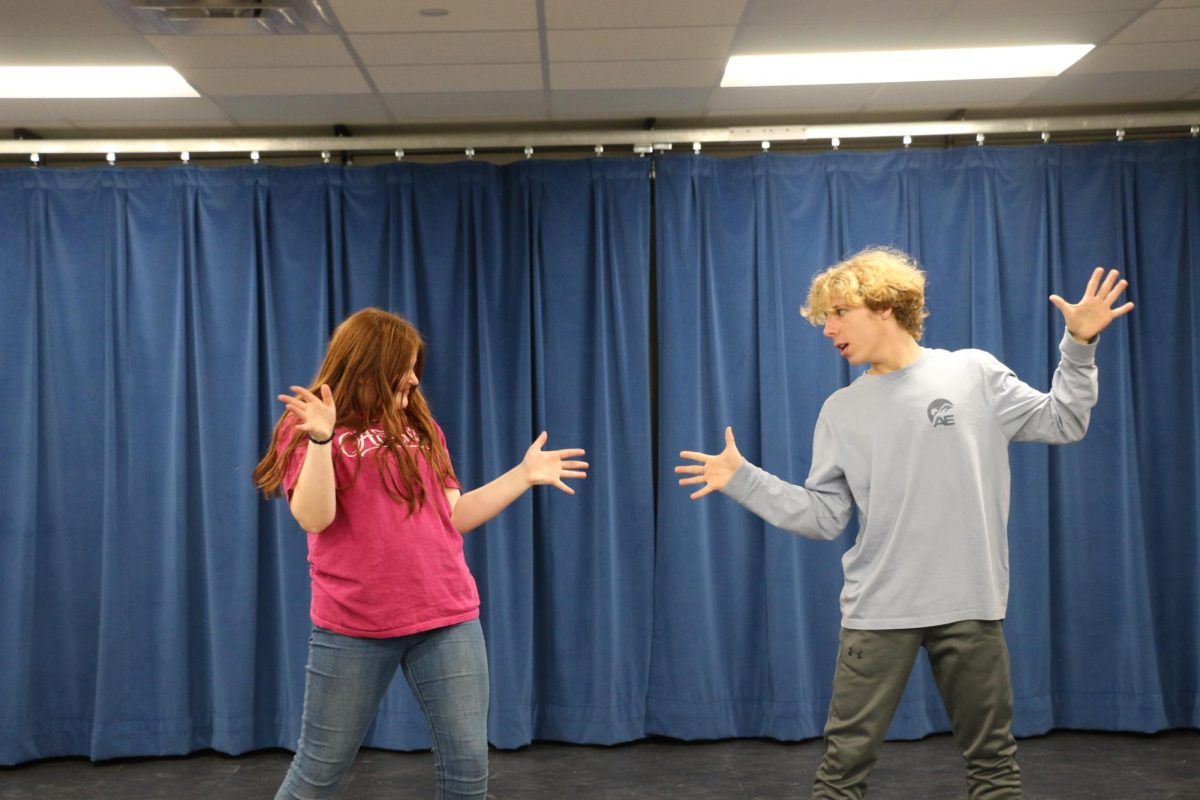

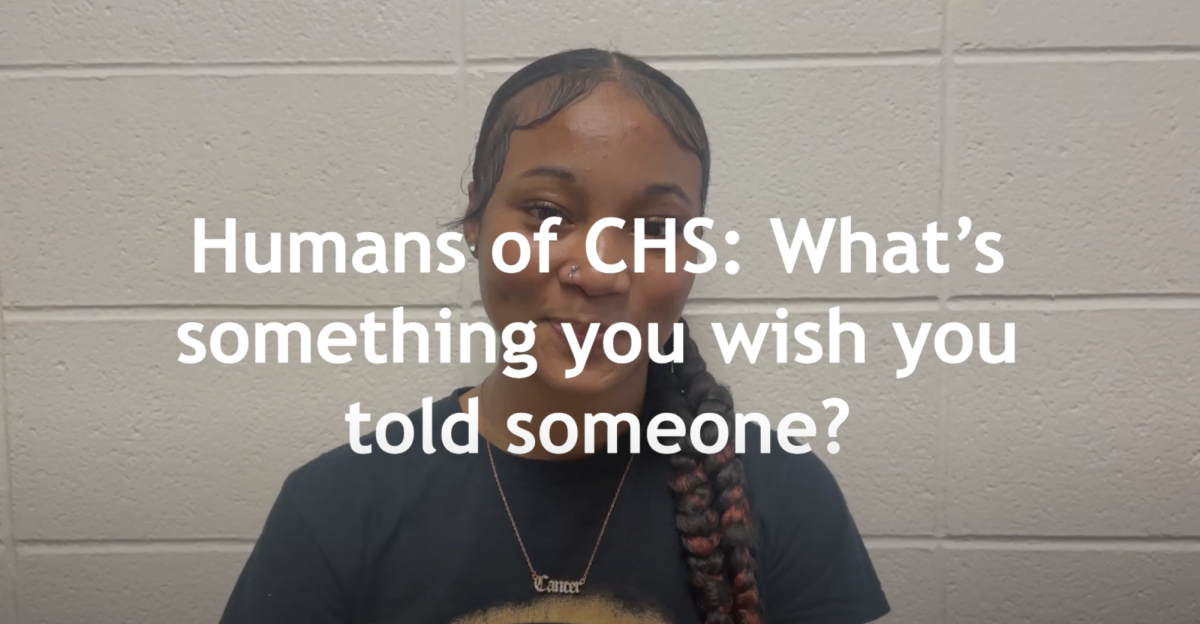


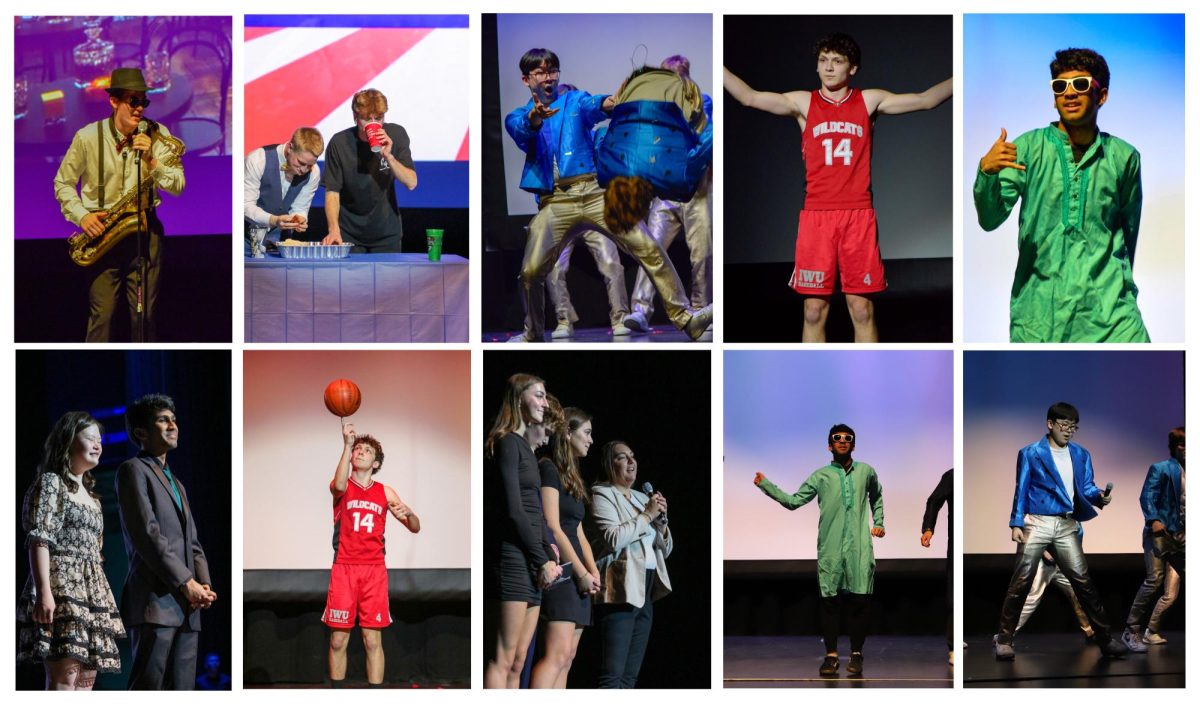
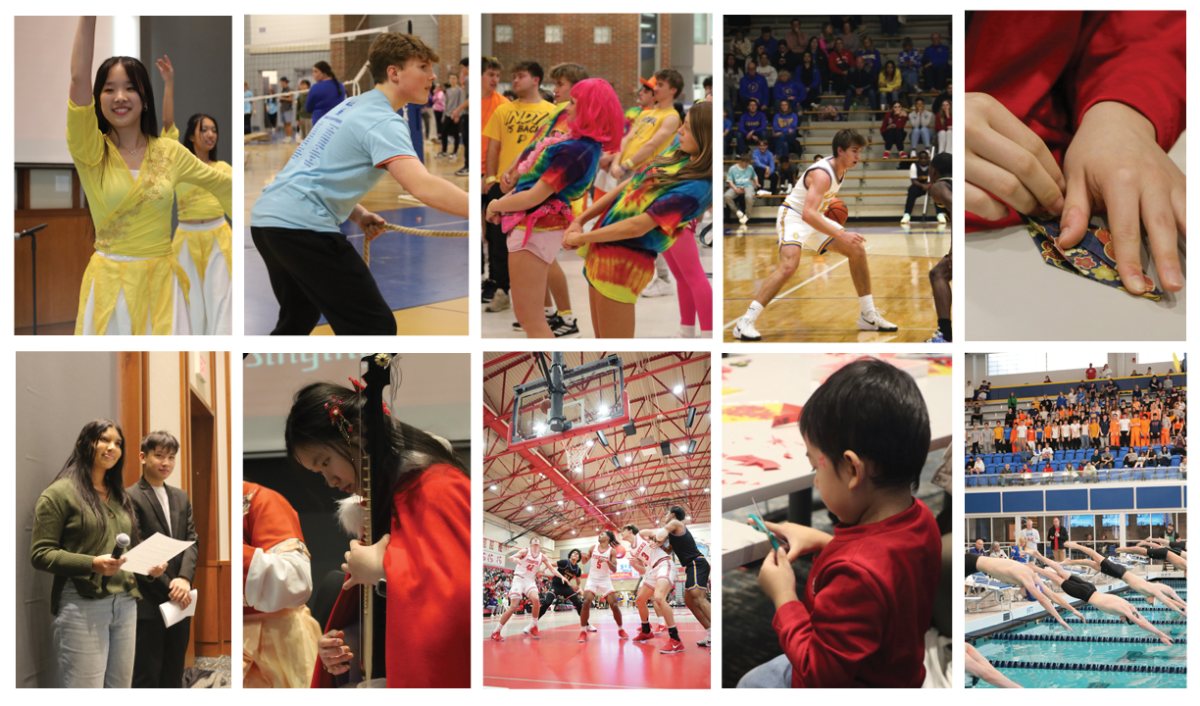


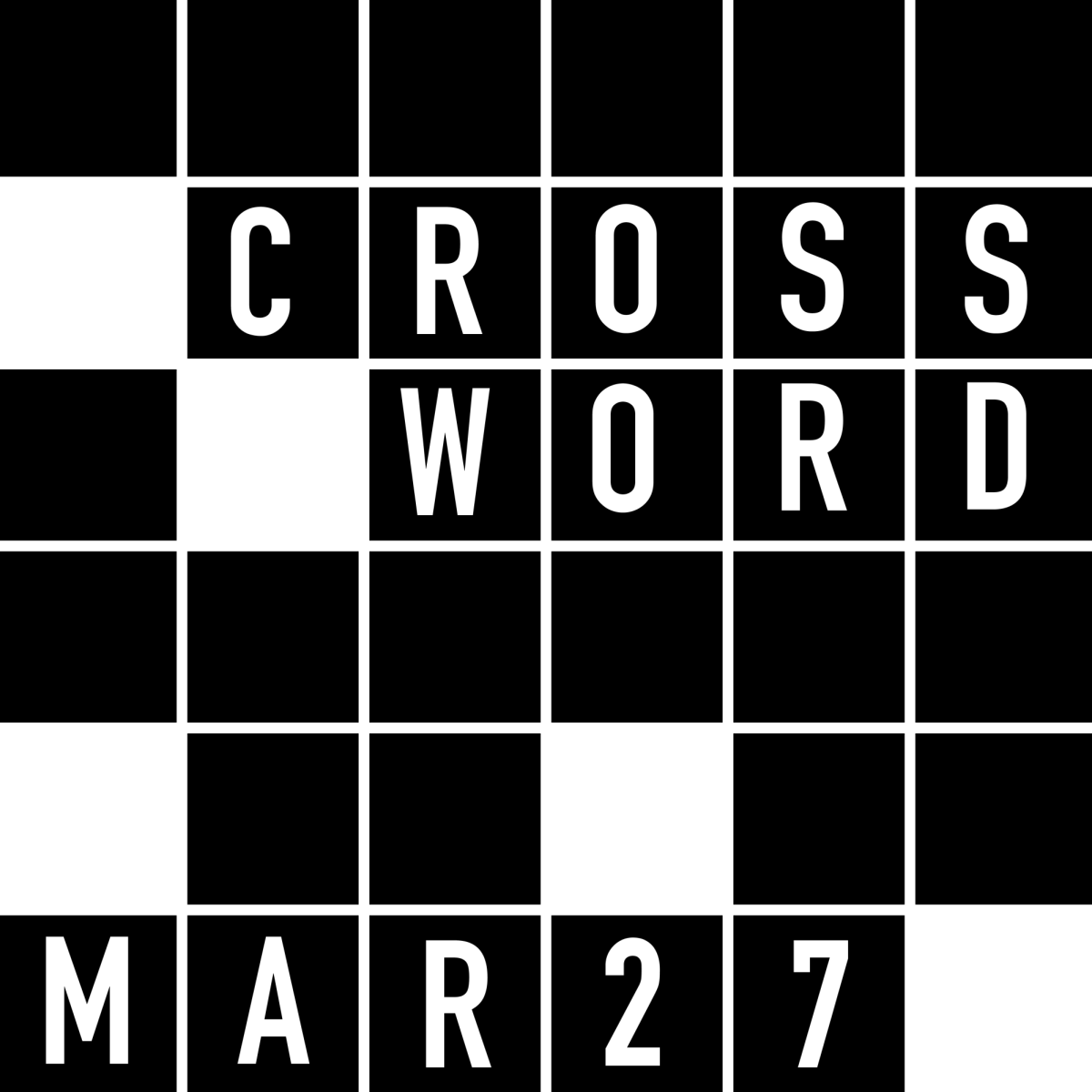
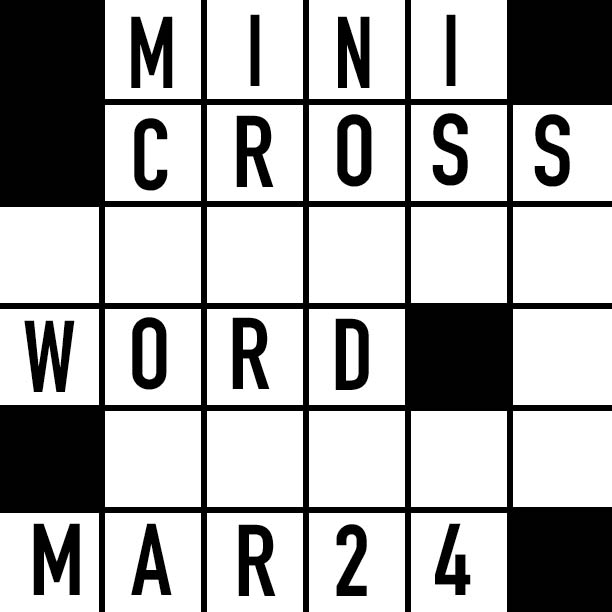
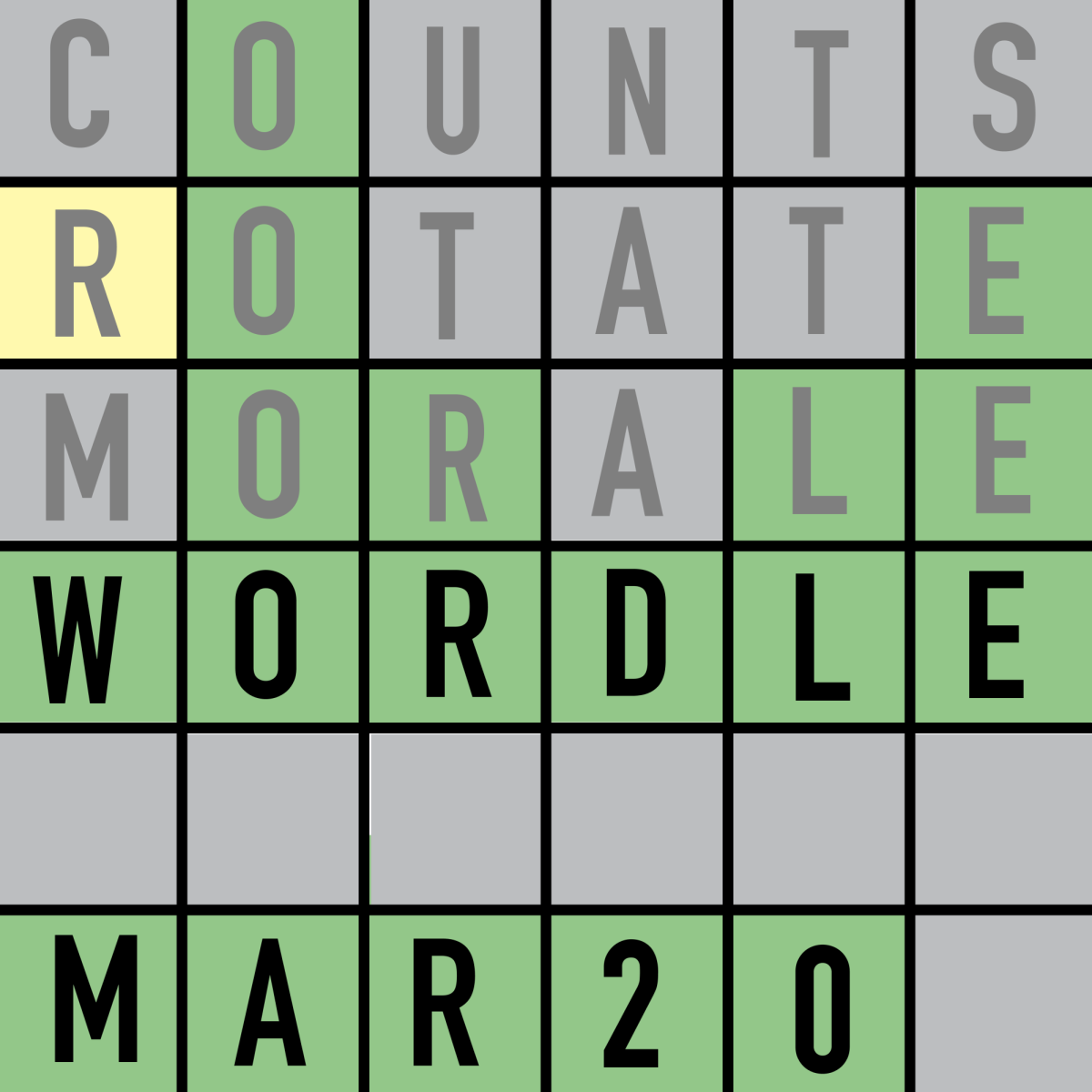
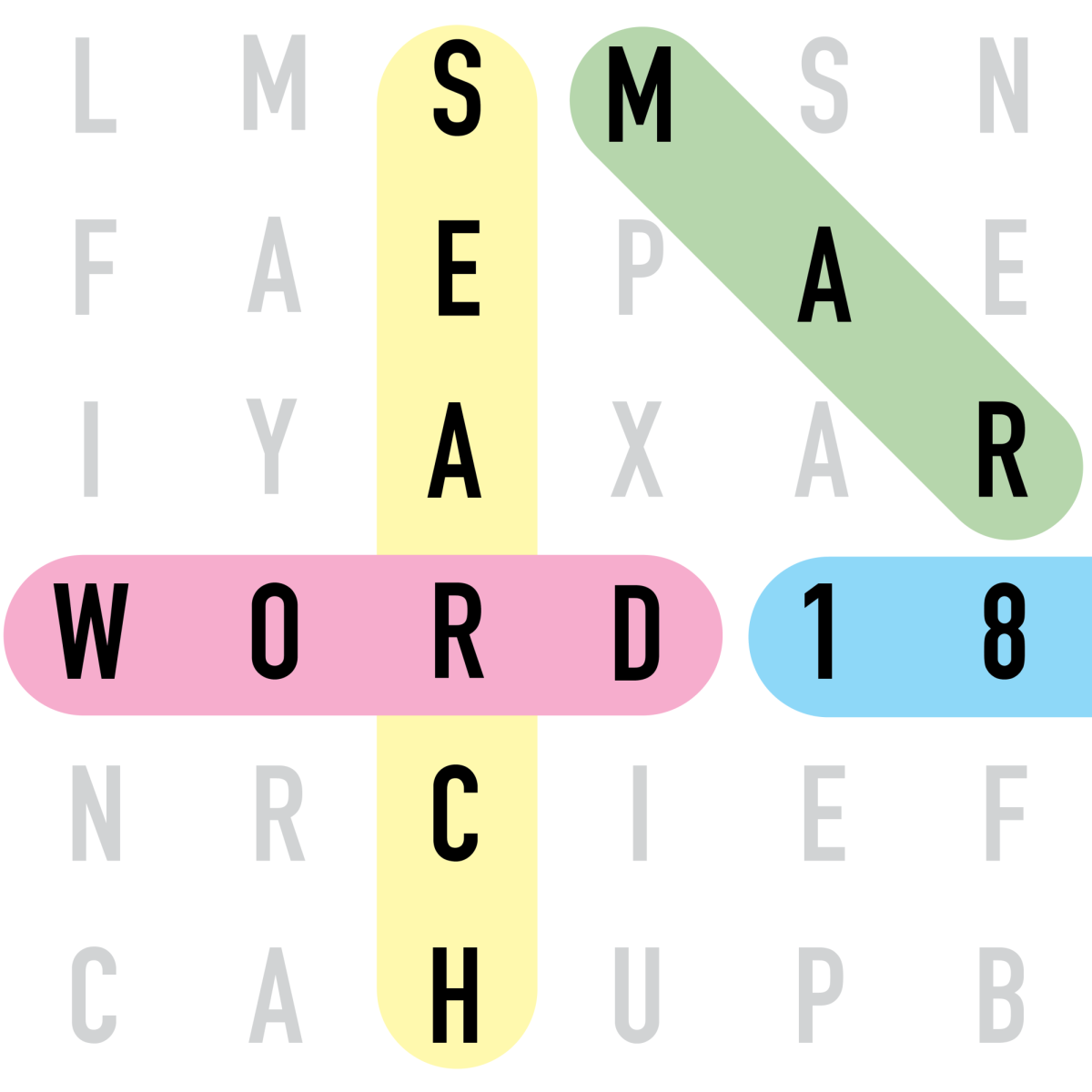
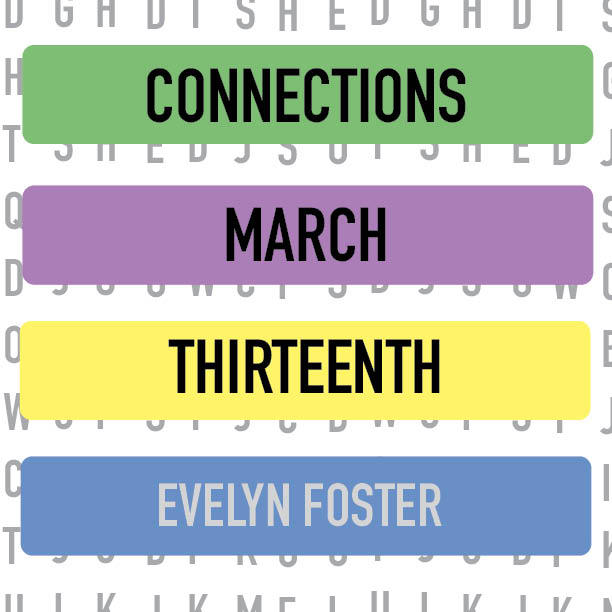


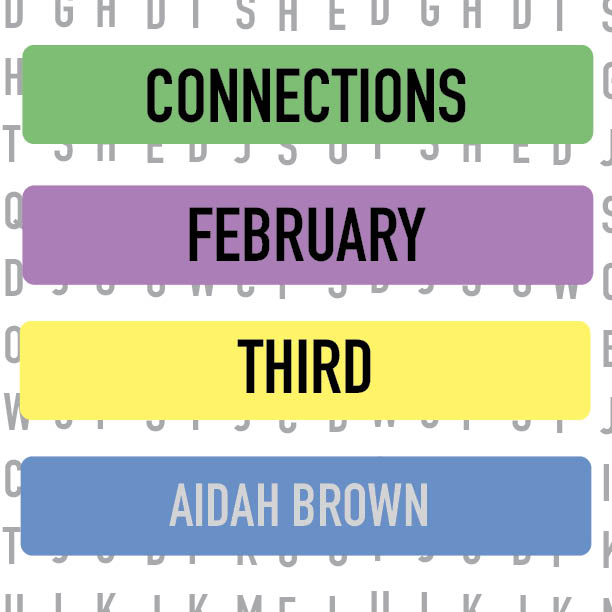

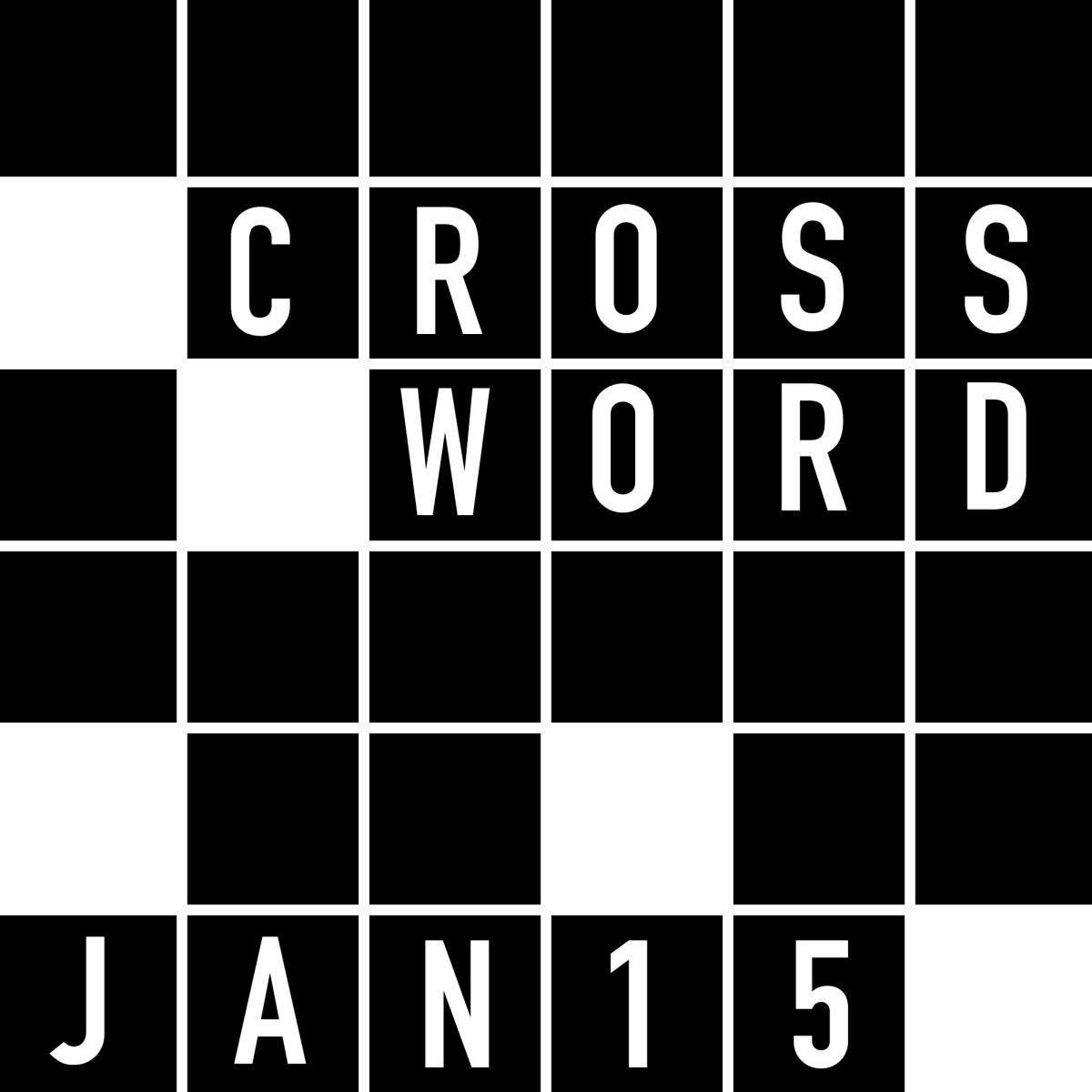
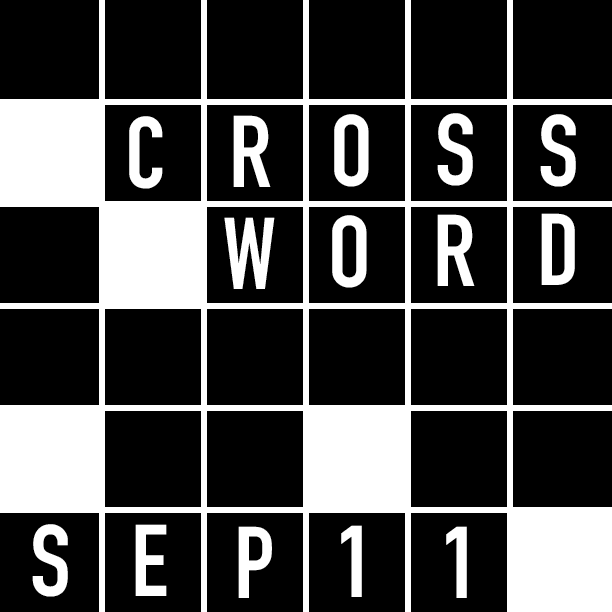
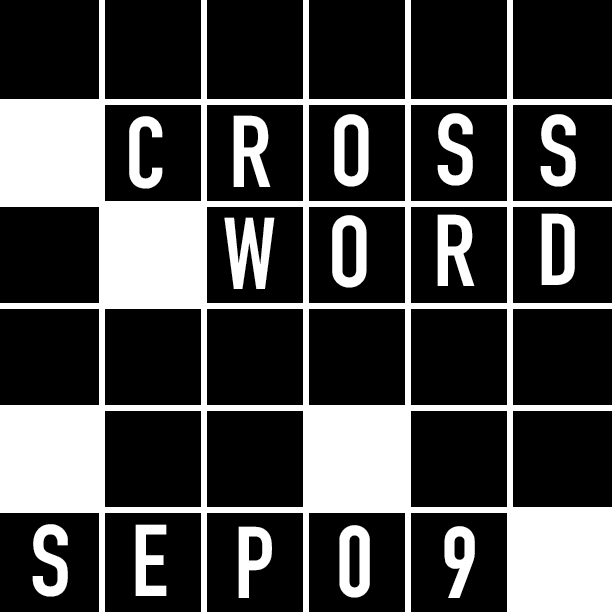
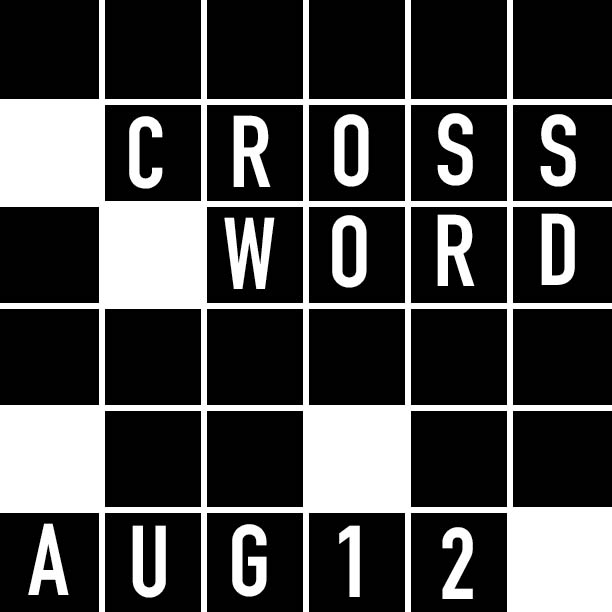
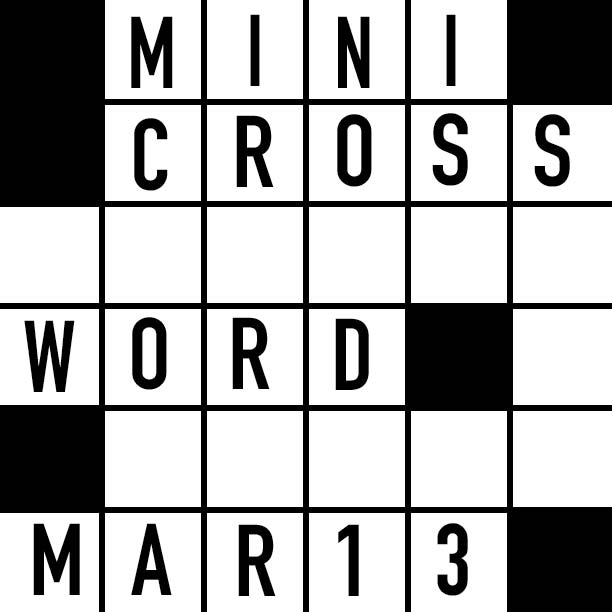
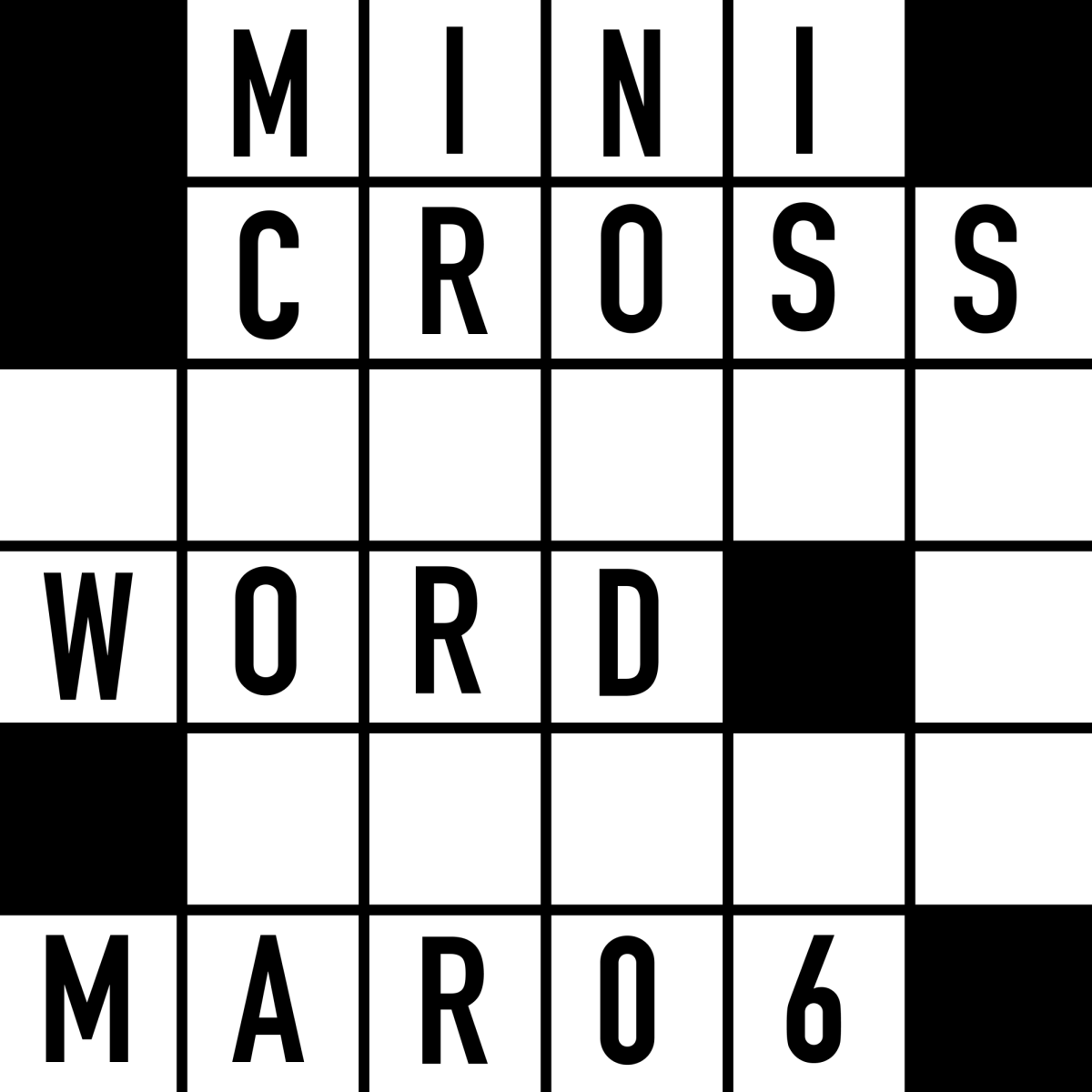


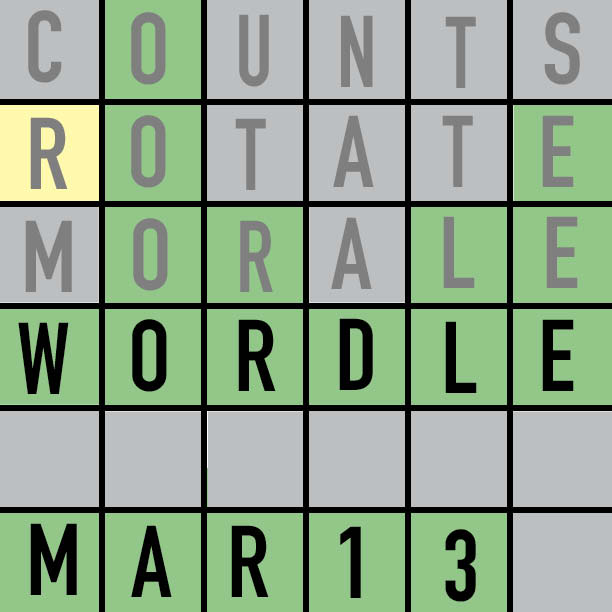
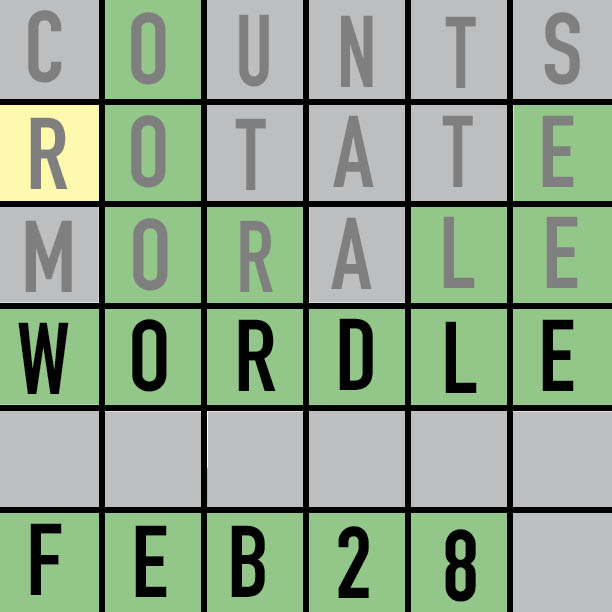
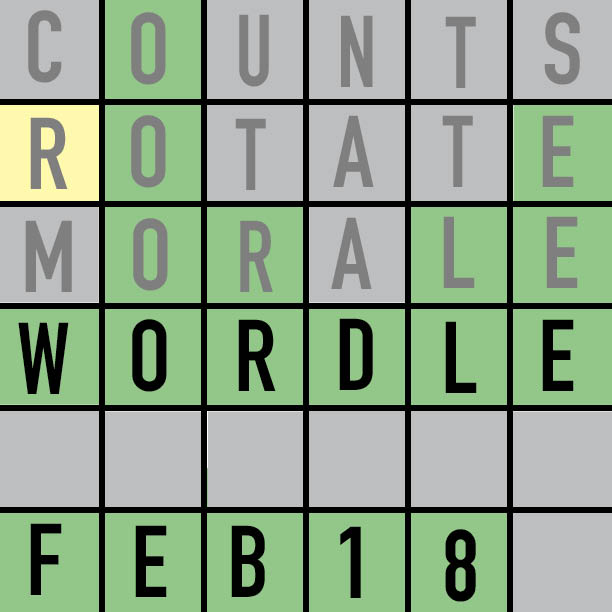
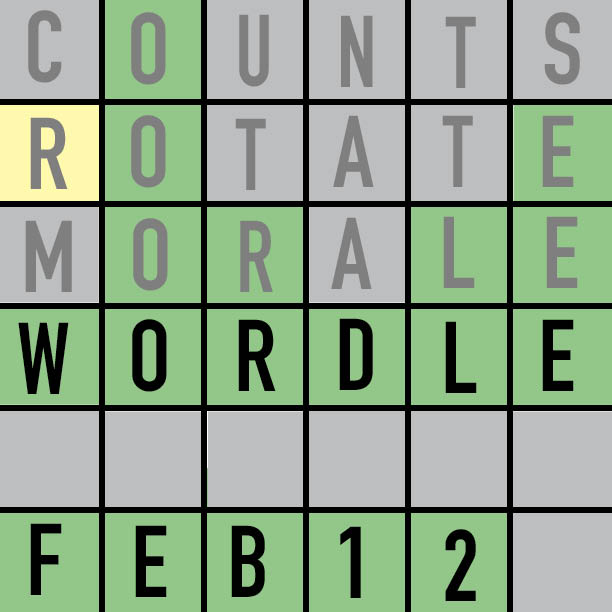

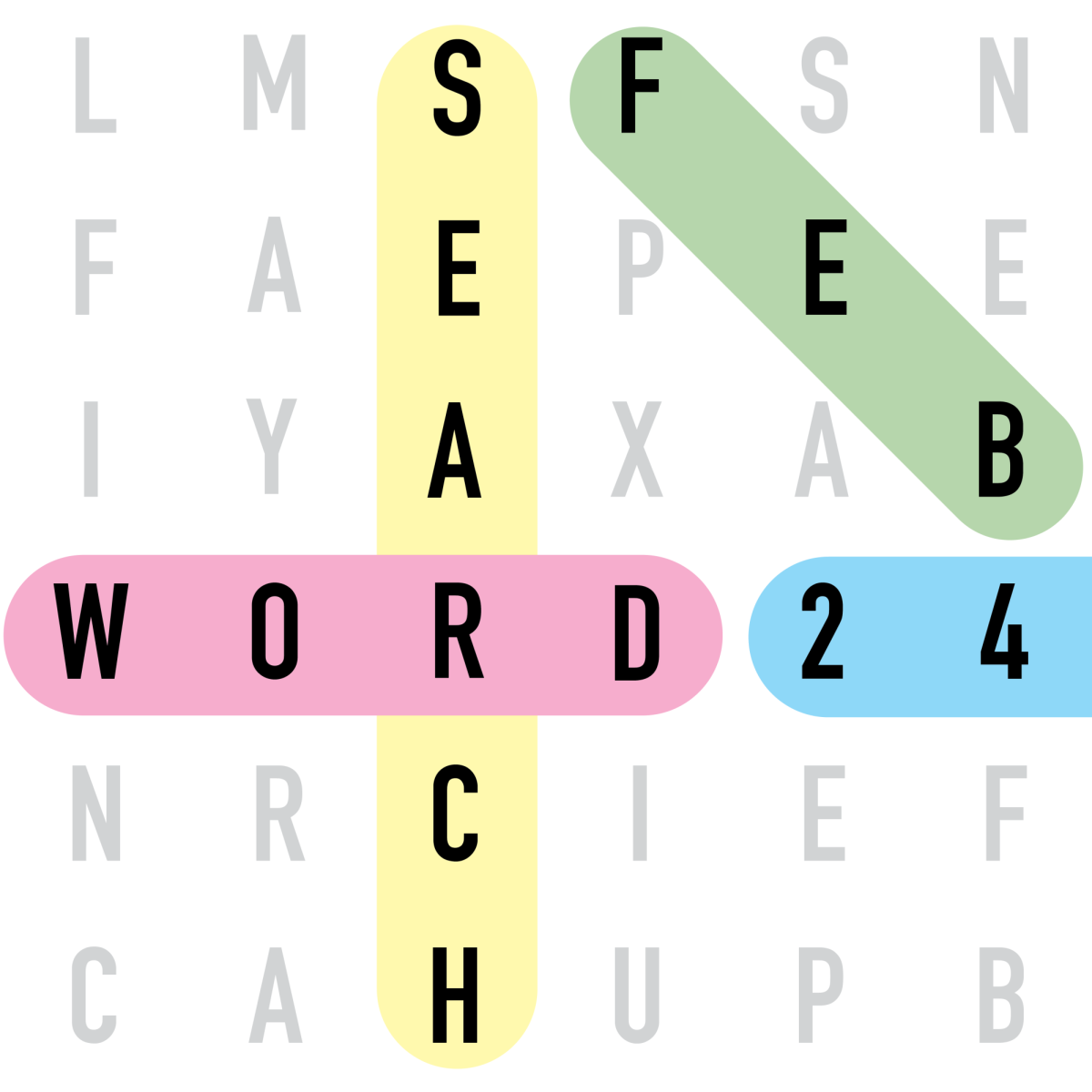
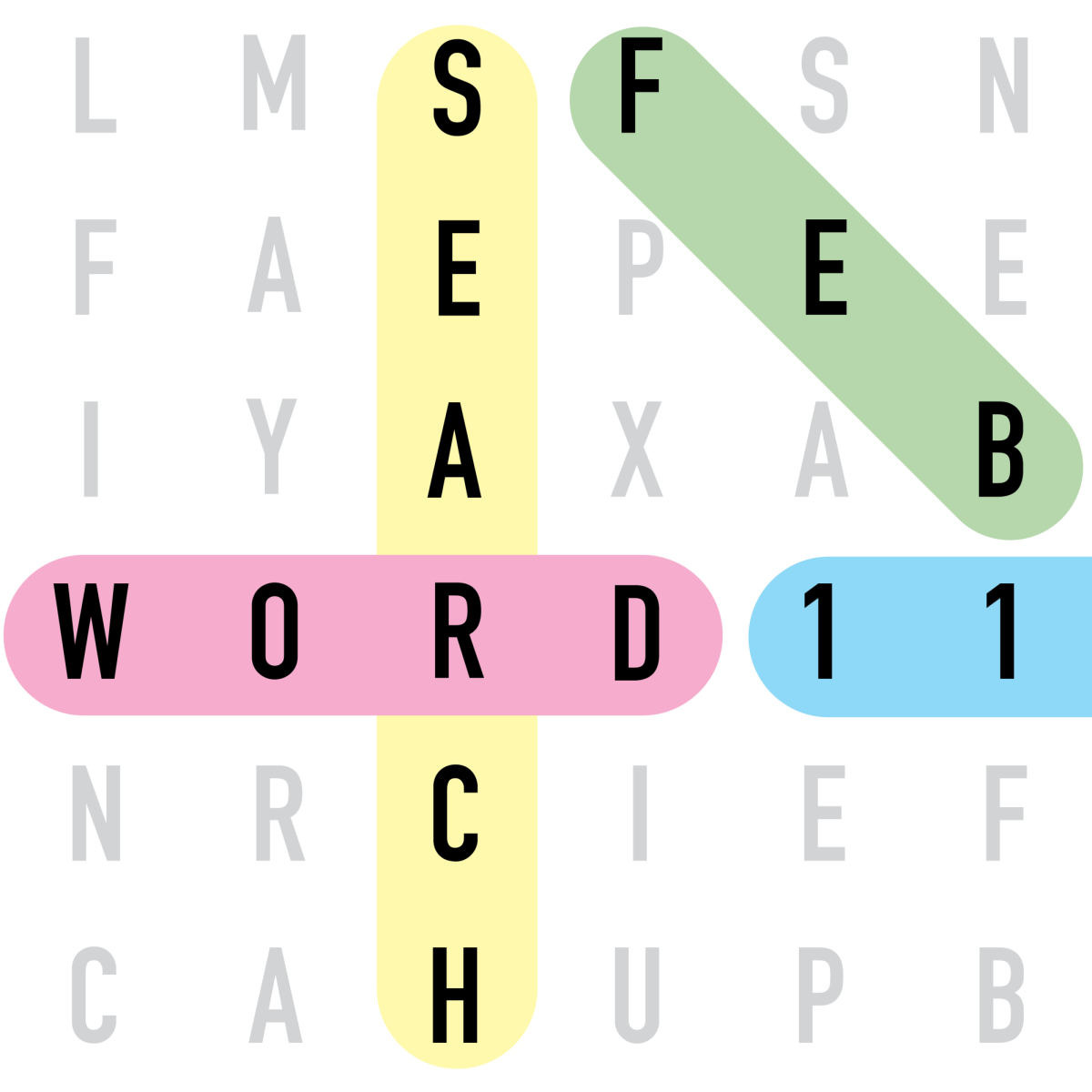


![Review: “The Immortal Soul Salvage Yard:” A criminally underrated poetry collection [MUSE]](https://hilite.org/wp-content/uploads/2025/03/71cju6TvqmL._AC_UF10001000_QL80_.jpg)
![Review: "Dog Man" is Unapologetically Chaotic [MUSE]](https://hilite.org/wp-content/uploads/2025/03/dogman-1200x700.jpg)
![Review: "Ne Zha 2": The WeChat family reunion I didn’t know I needed [MUSE]](https://hilite.org/wp-content/uploads/2025/03/unnamed-4.png)
![Review in Print: Maripaz Villar brings a delightfully unique style to the world of WEBTOON [MUSE]](https://hilite.org/wp-content/uploads/2023/12/maripazcover-1200x960.jpg)
![Review: “The Sword of Kaigen” is a masterpiece [MUSE]](https://hilite.org/wp-content/uploads/2023/11/Screenshot-2023-11-26-201051.png)
![Review: Gateron Oil Kings, great linear switches, okay price [MUSE]](https://hilite.org/wp-content/uploads/2023/11/Screenshot-2023-11-26-200553.png)
![Review: “A Haunting in Venice” is a significant improvement from other Agatha Christie adaptations [MUSE]](https://hilite.org/wp-content/uploads/2023/11/e7ee2938a6d422669771bce6d8088521.jpg)
![Review: A Thanksgiving story from elementary school, still just as interesting [MUSE]](https://hilite.org/wp-content/uploads/2023/11/Screenshot-2023-11-26-195514-987x1200.png)
![Review: "When I Fly Towards You", cute, uplifting youth drama [MUSE]](https://hilite.org/wp-content/uploads/2023/09/When-I-Fly-Towards-You-Chinese-drama.png)
![Postcards from Muse: Hawaii Travel Diary [MUSE]](https://hilite.org/wp-content/uploads/2023/09/My-project-1-1200x1200.jpg)
![Review: "Ladybug & Cat Noir: The Movie," departure from original show [MUSE]](https://hilite.org/wp-content/uploads/2023/09/Ladybug__Cat_Noir_-_The_Movie_poster.jpg)
![Review in Print: "Hidden Love" is the cute, uplifting drama everyone needs [MUSE]](https://hilite.org/wp-content/uploads/2023/09/hiddenlovecover-e1693597208225-1030x1200.png)
![Review in Print: "Heartstopper" is the heartwarming queer romance we all need [MUSE]](https://hilite.org/wp-content/uploads/2023/08/museheartstoppercover-1200x654.png)

